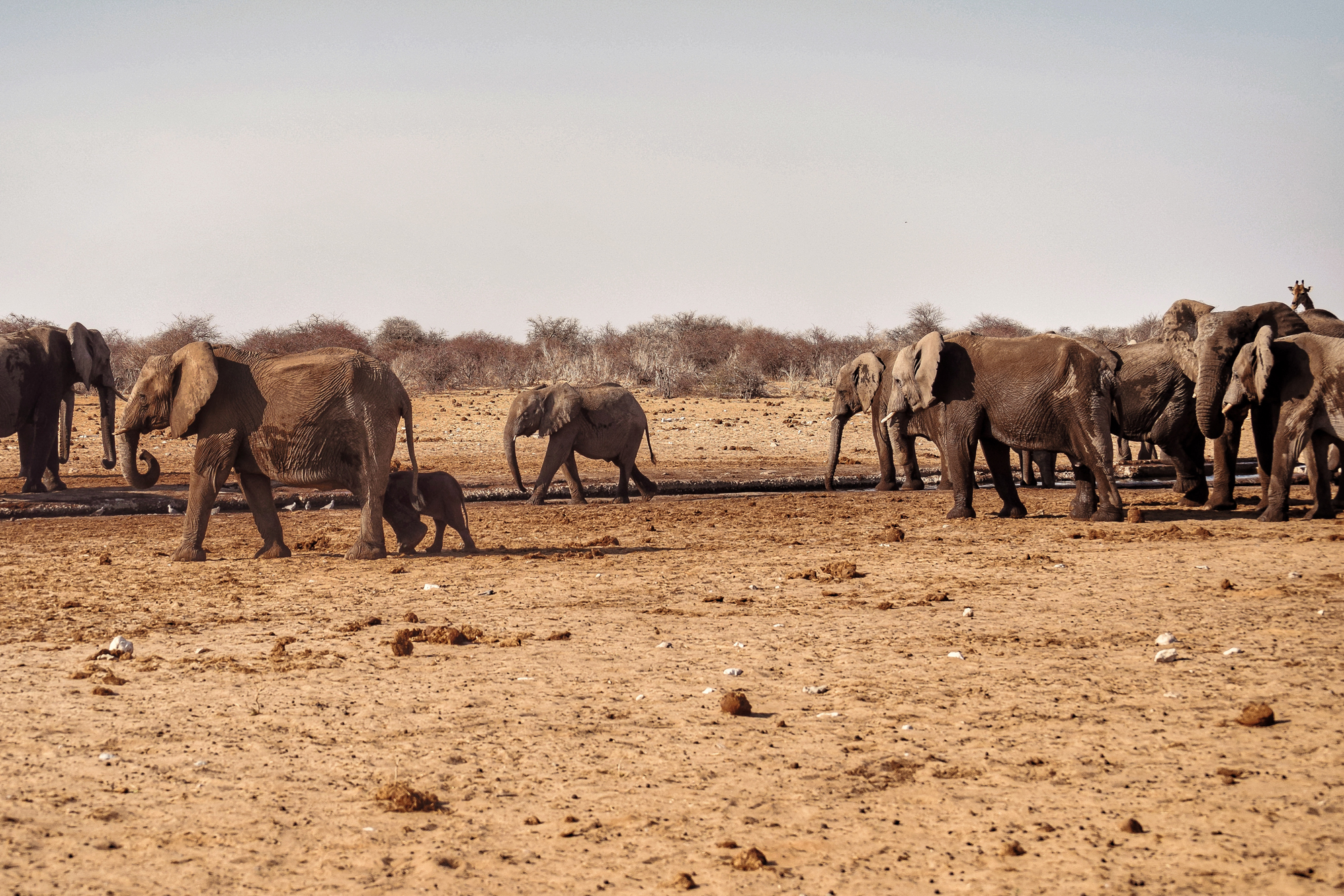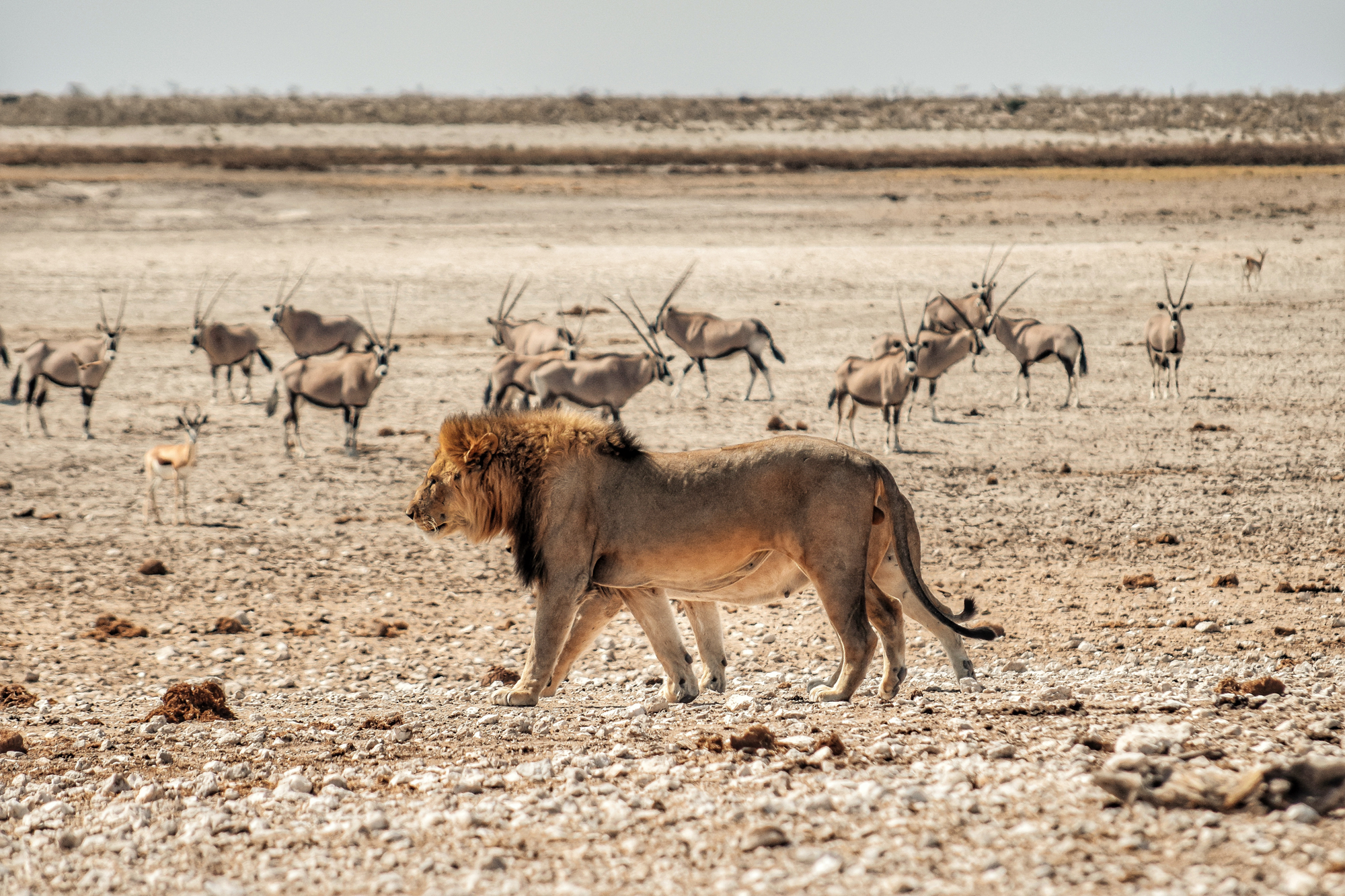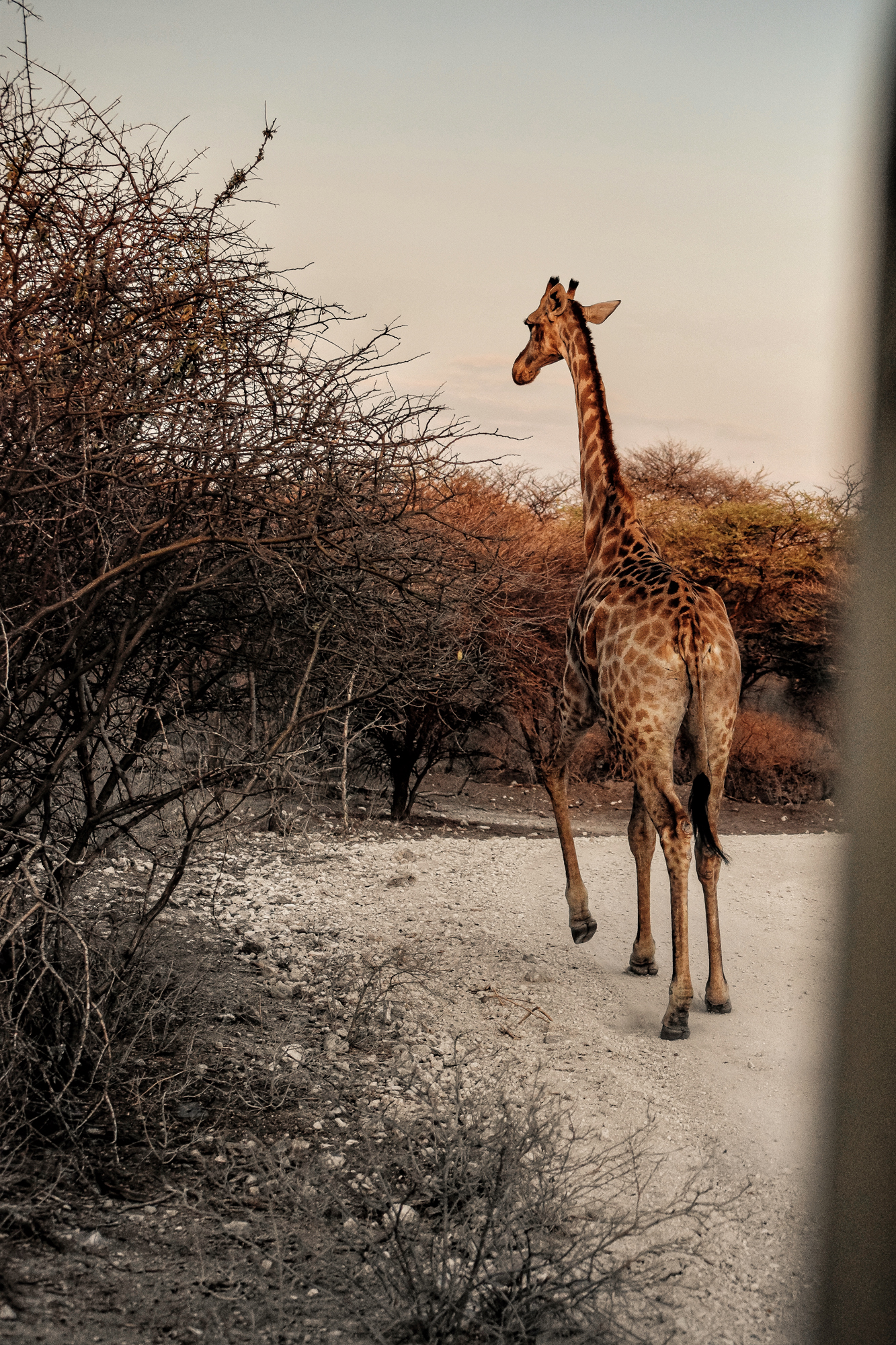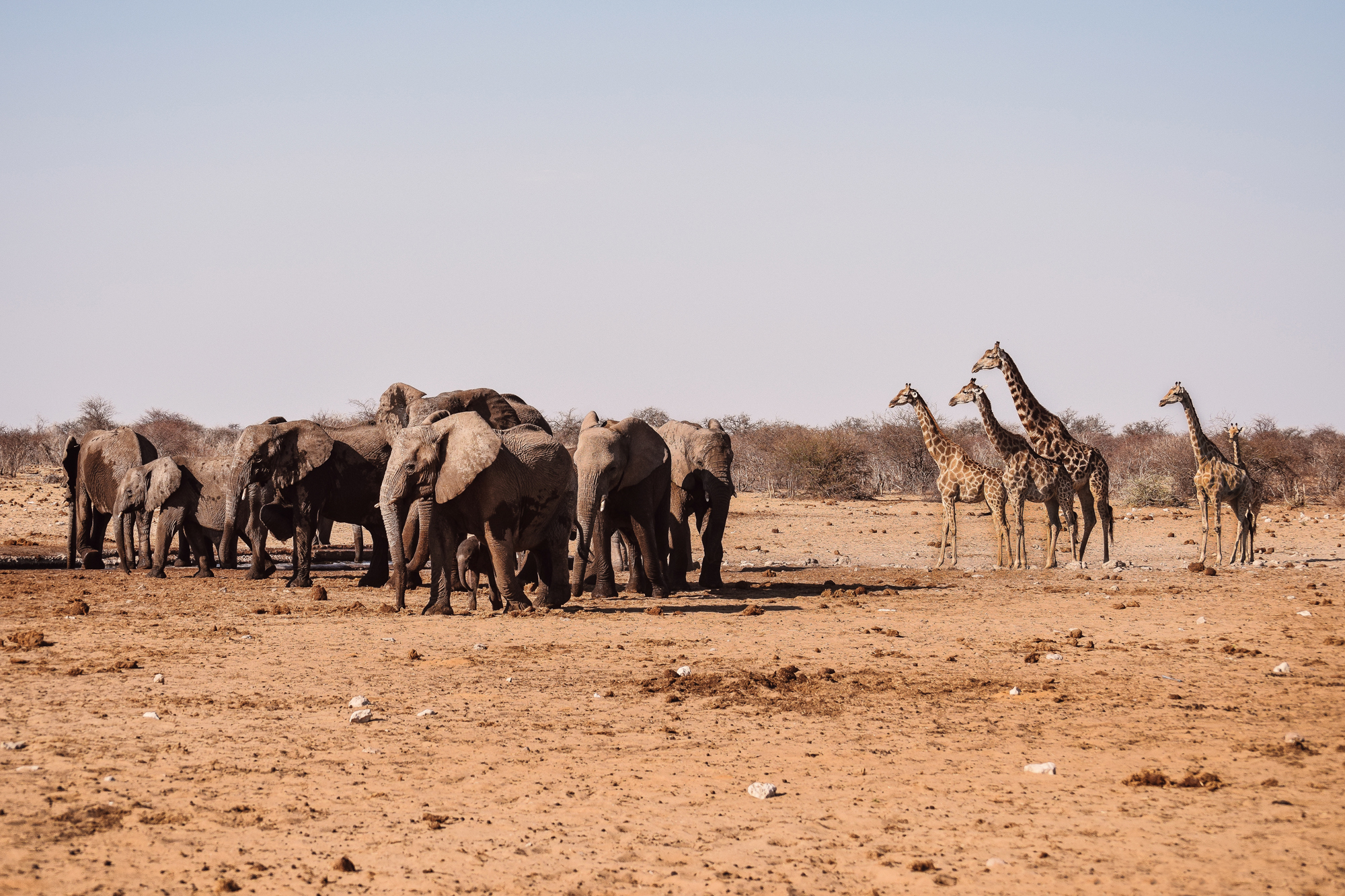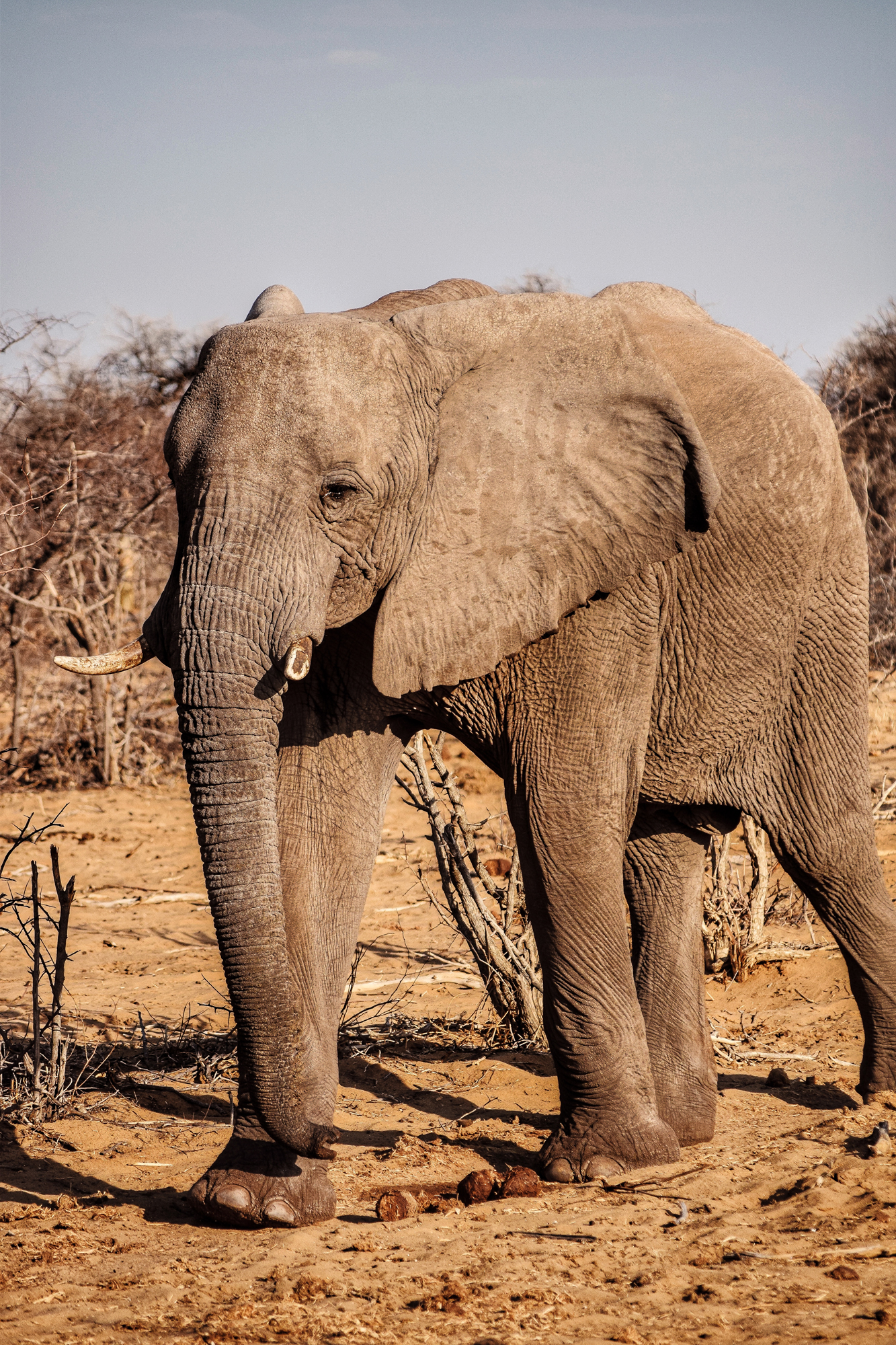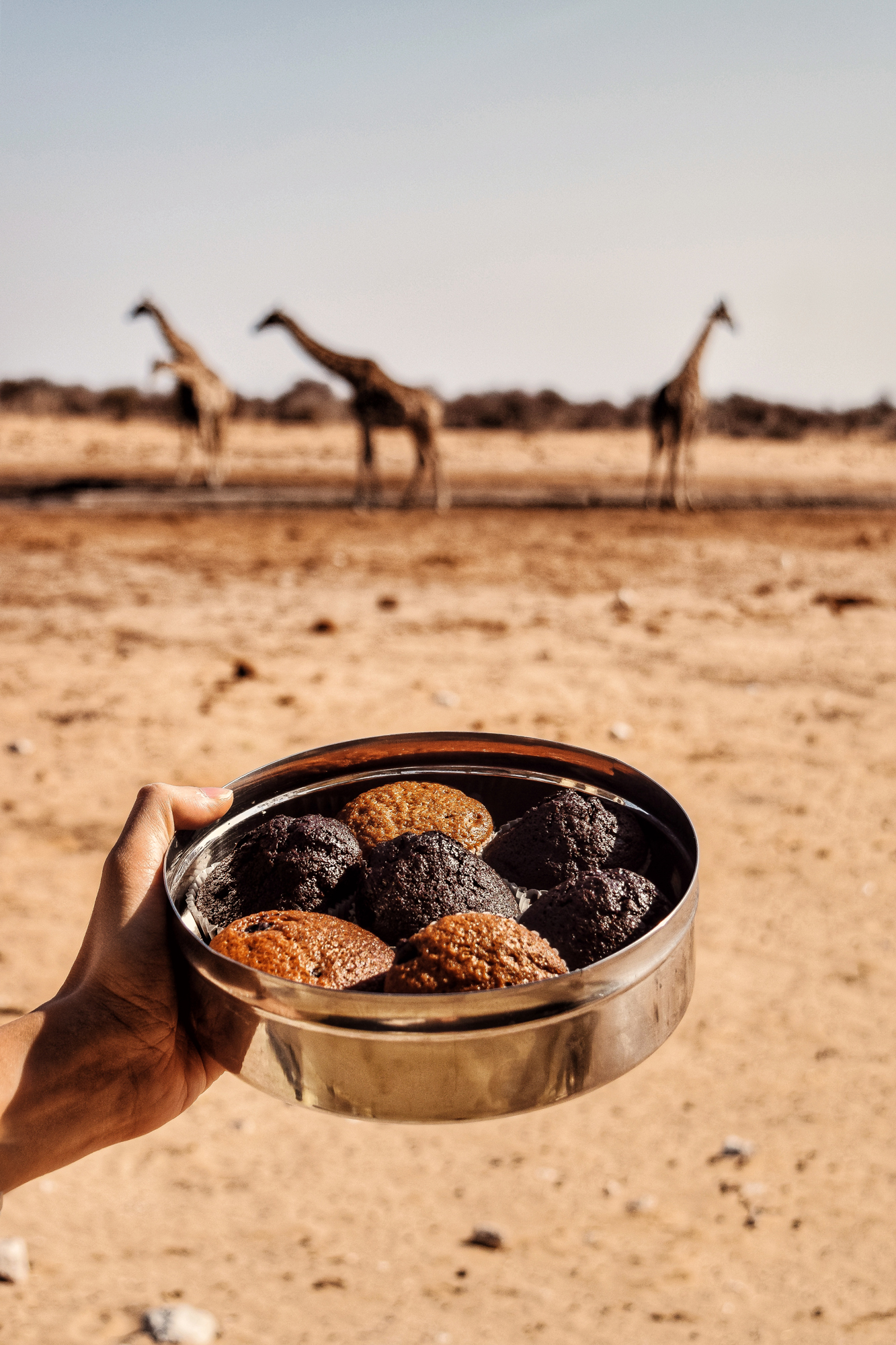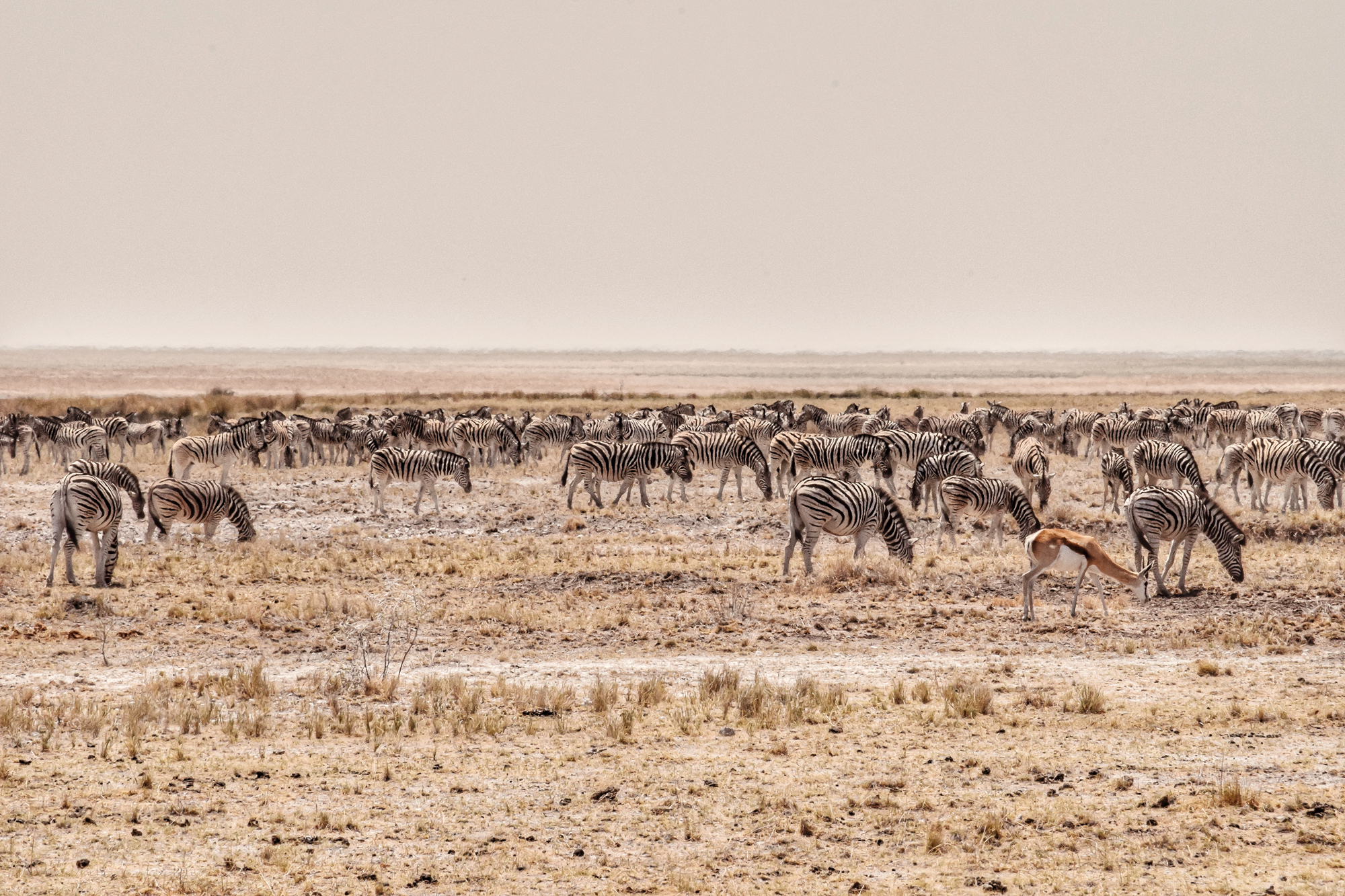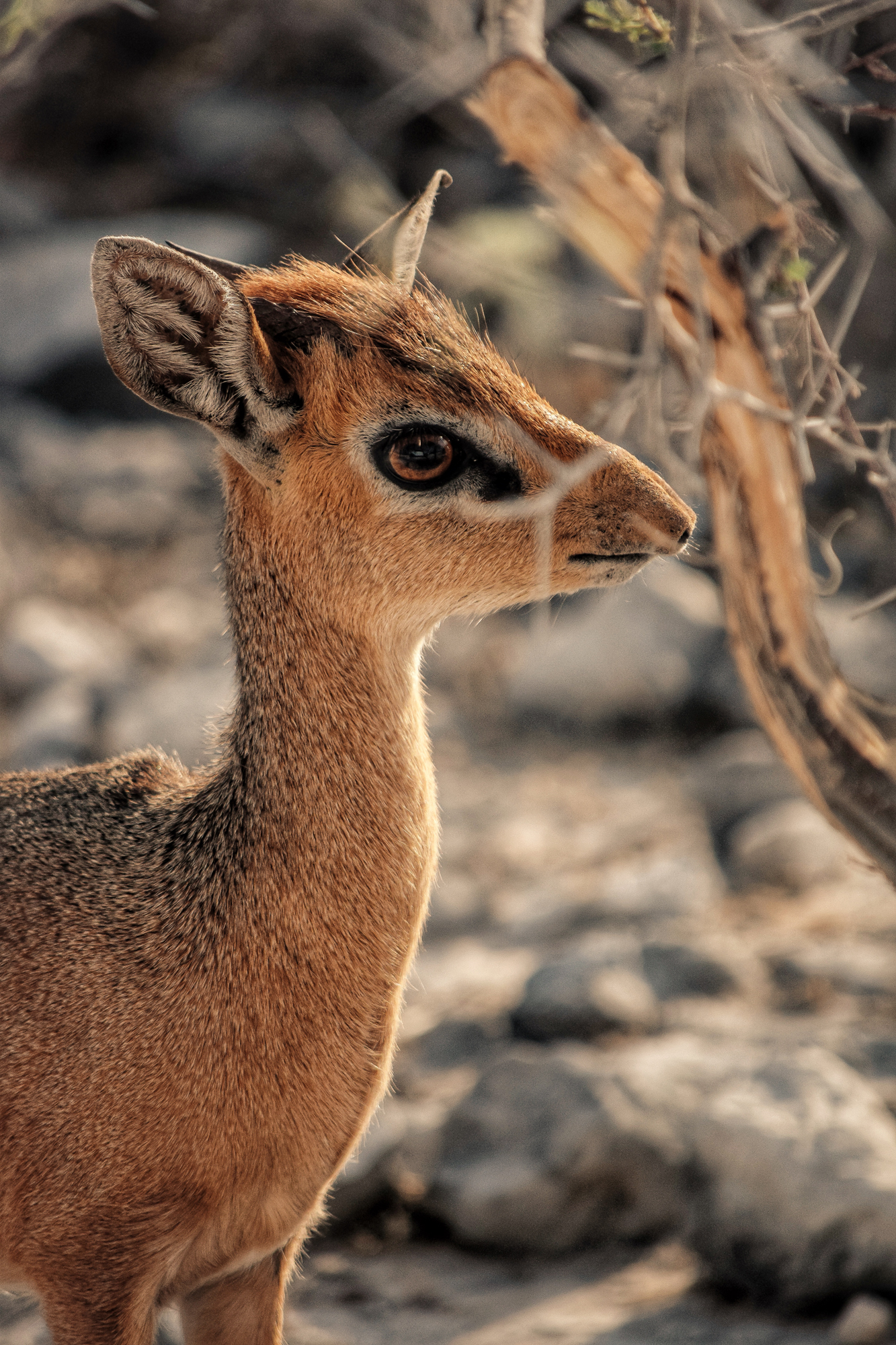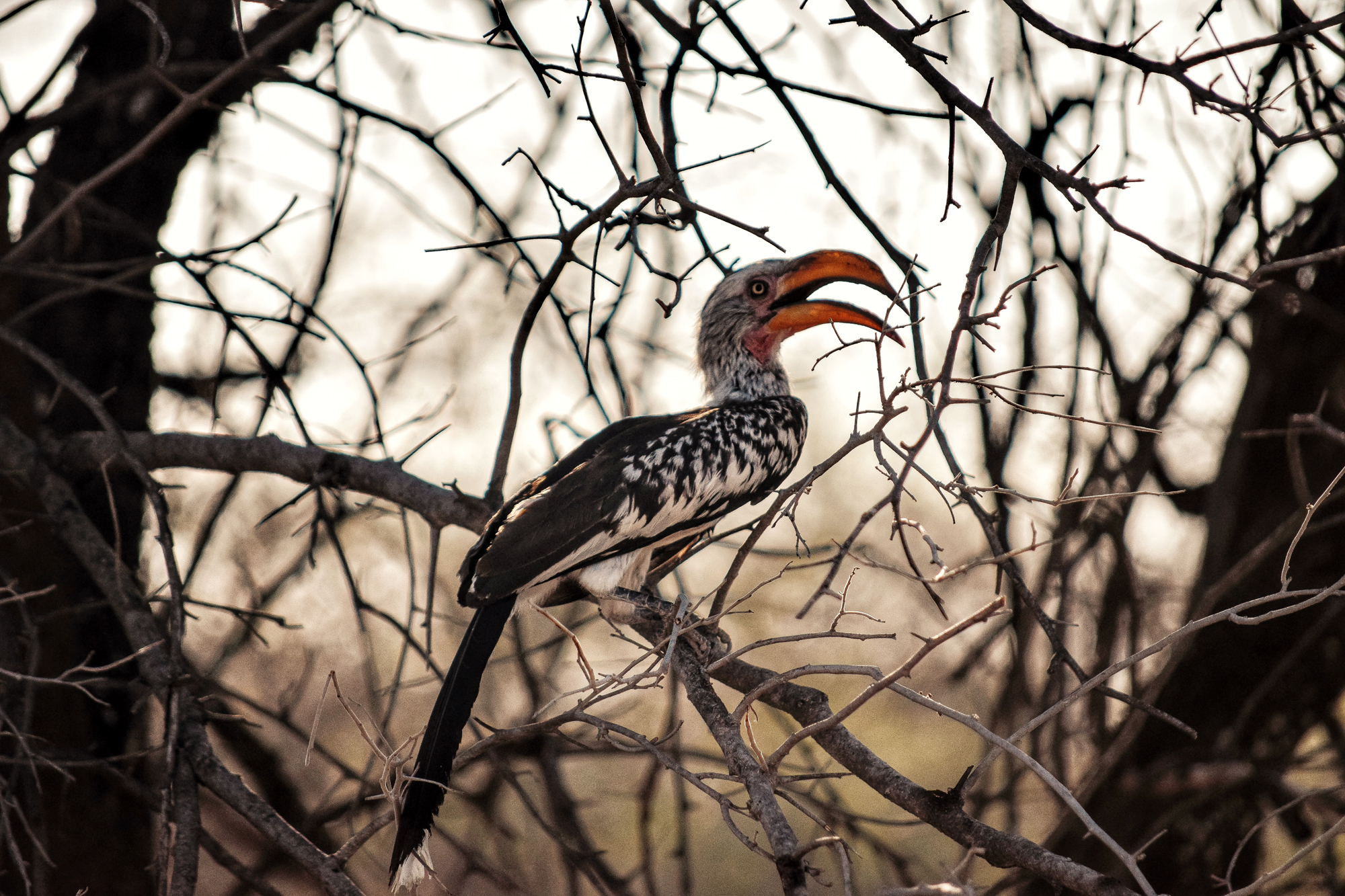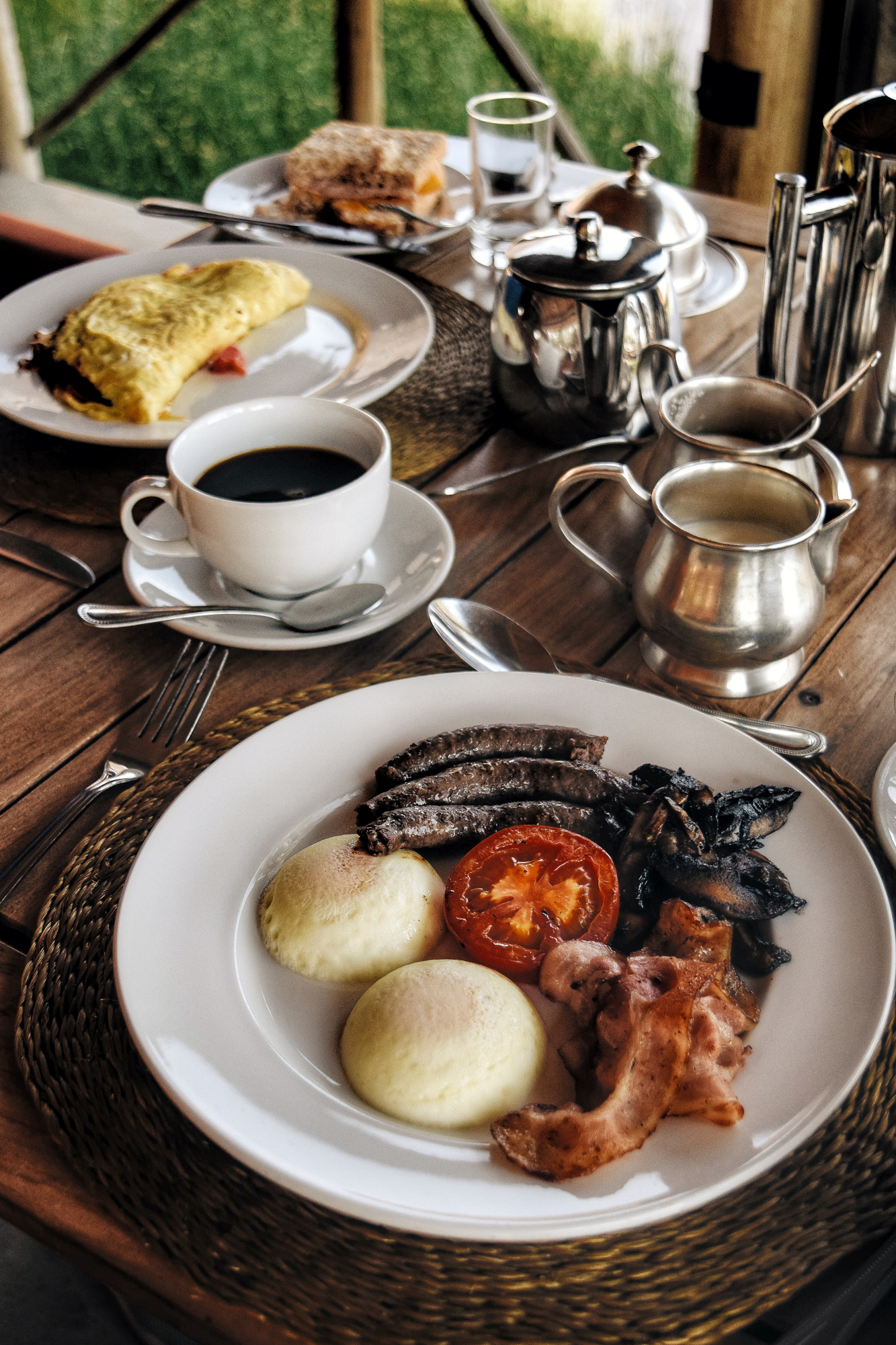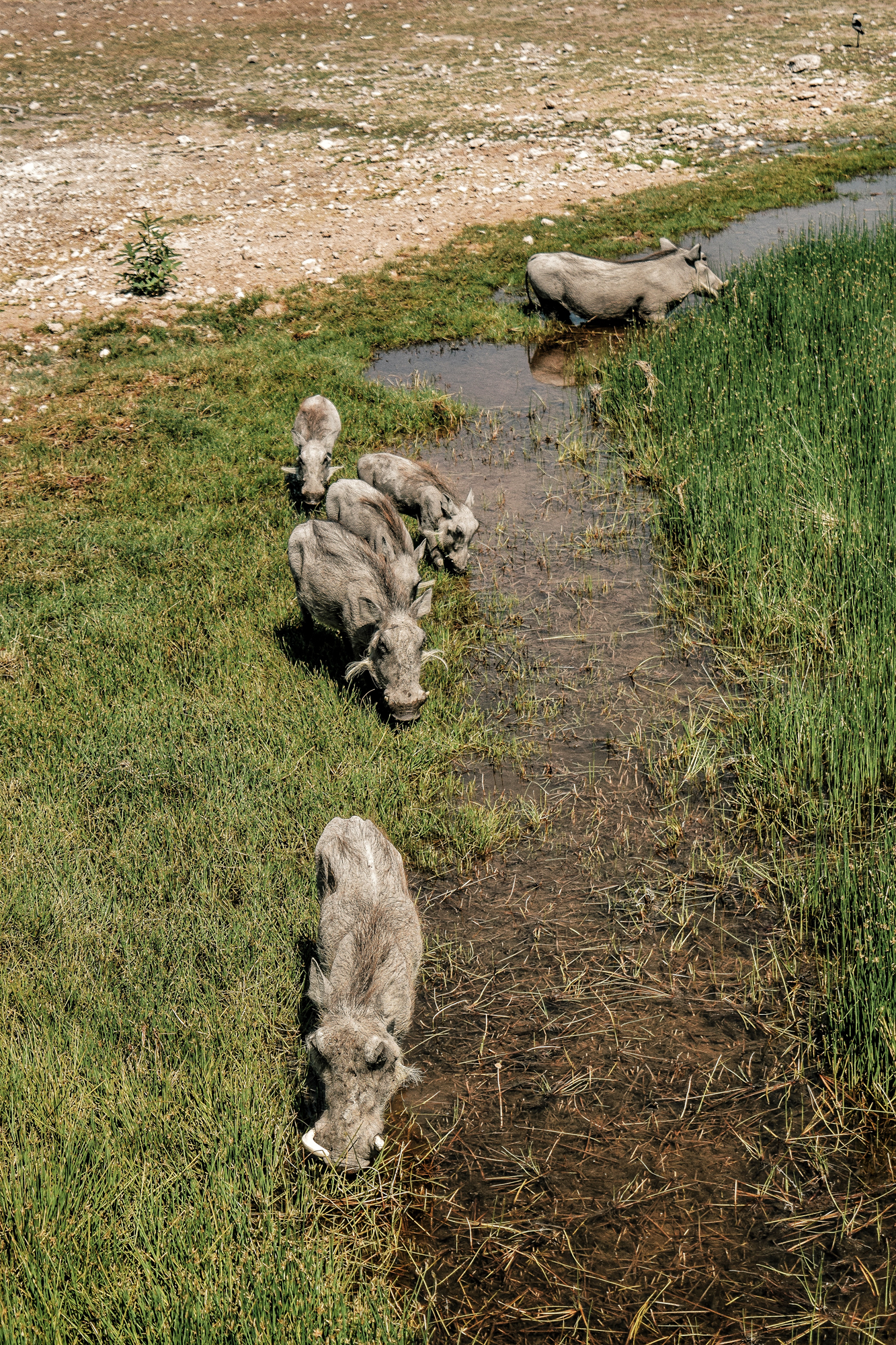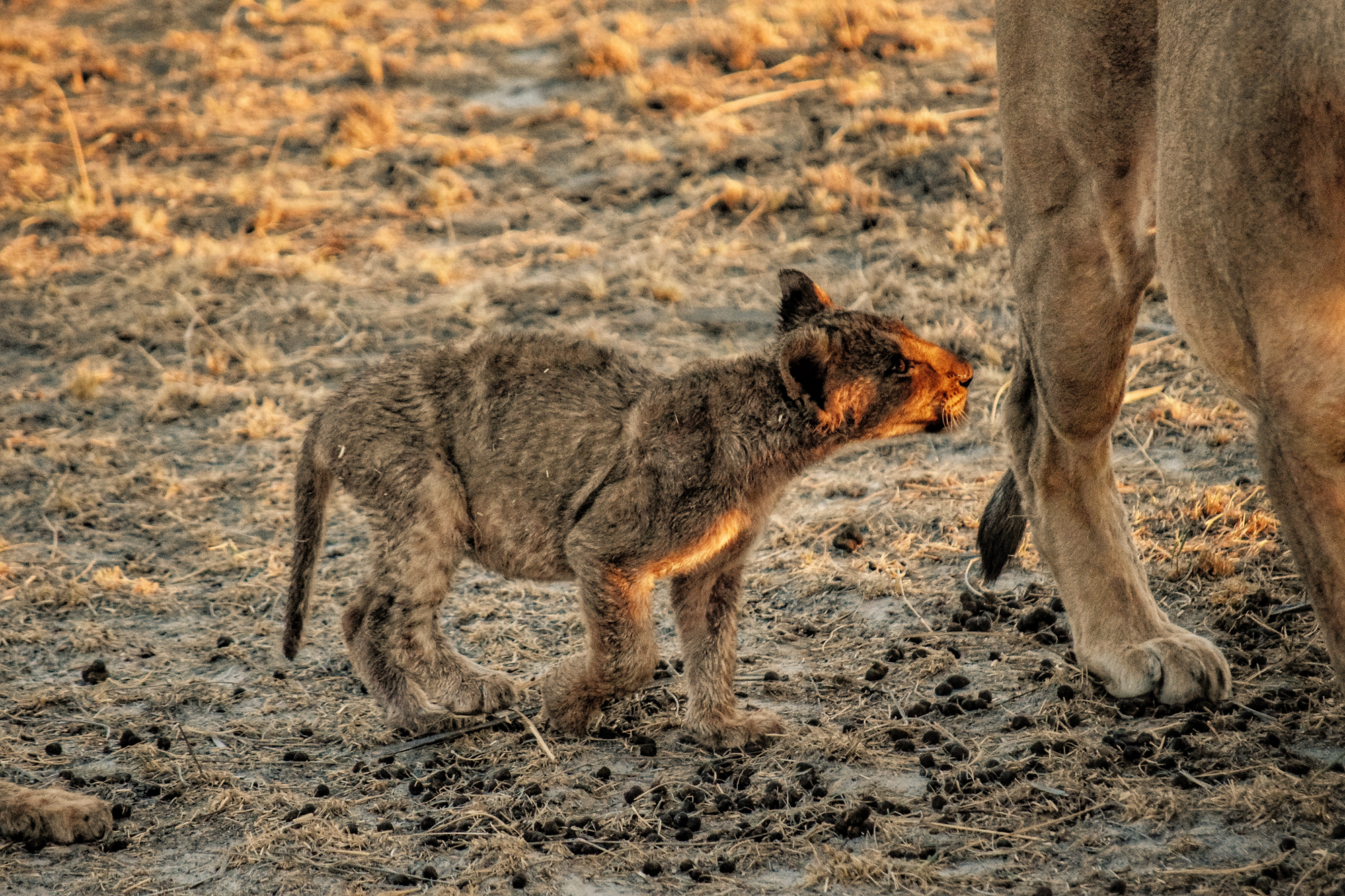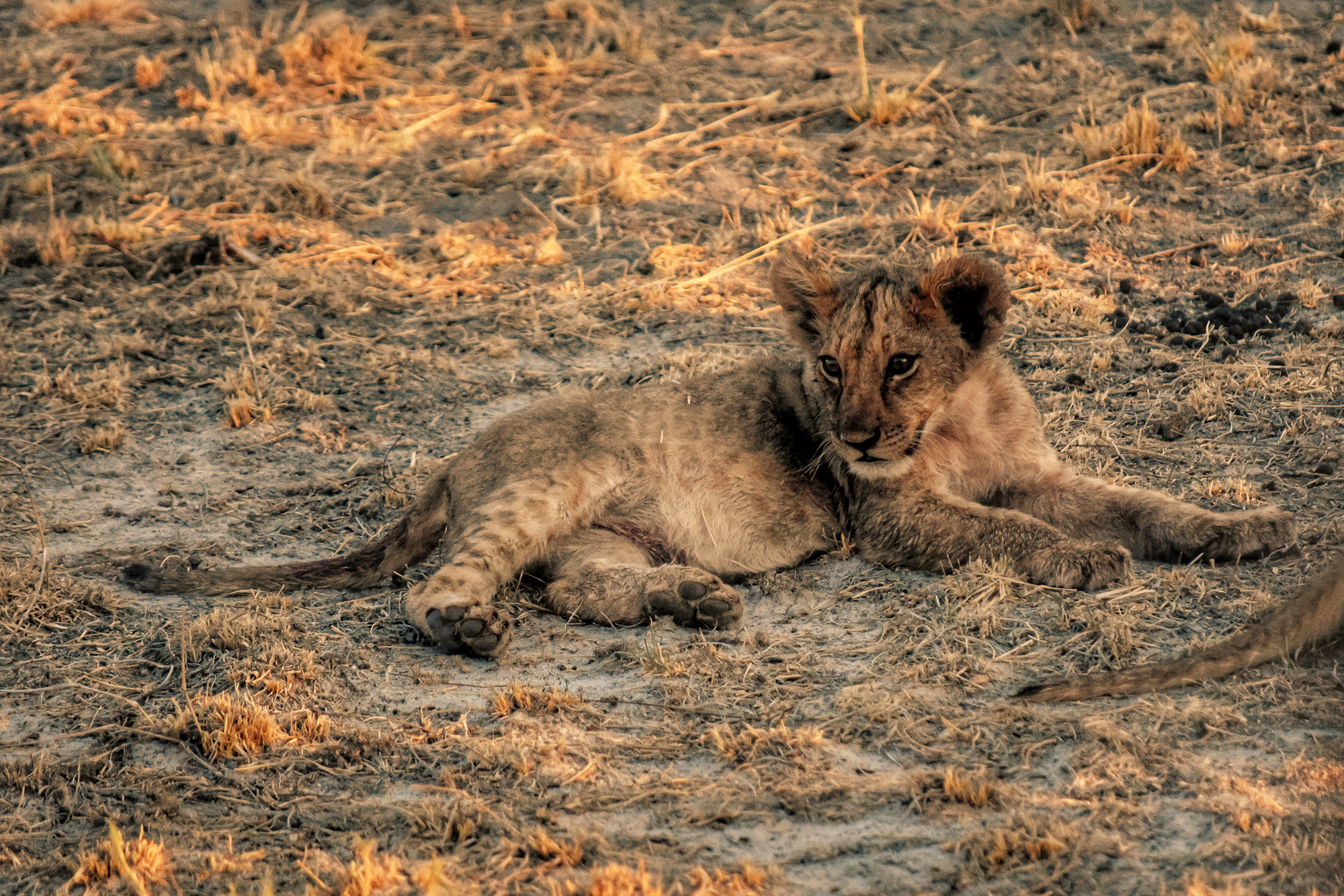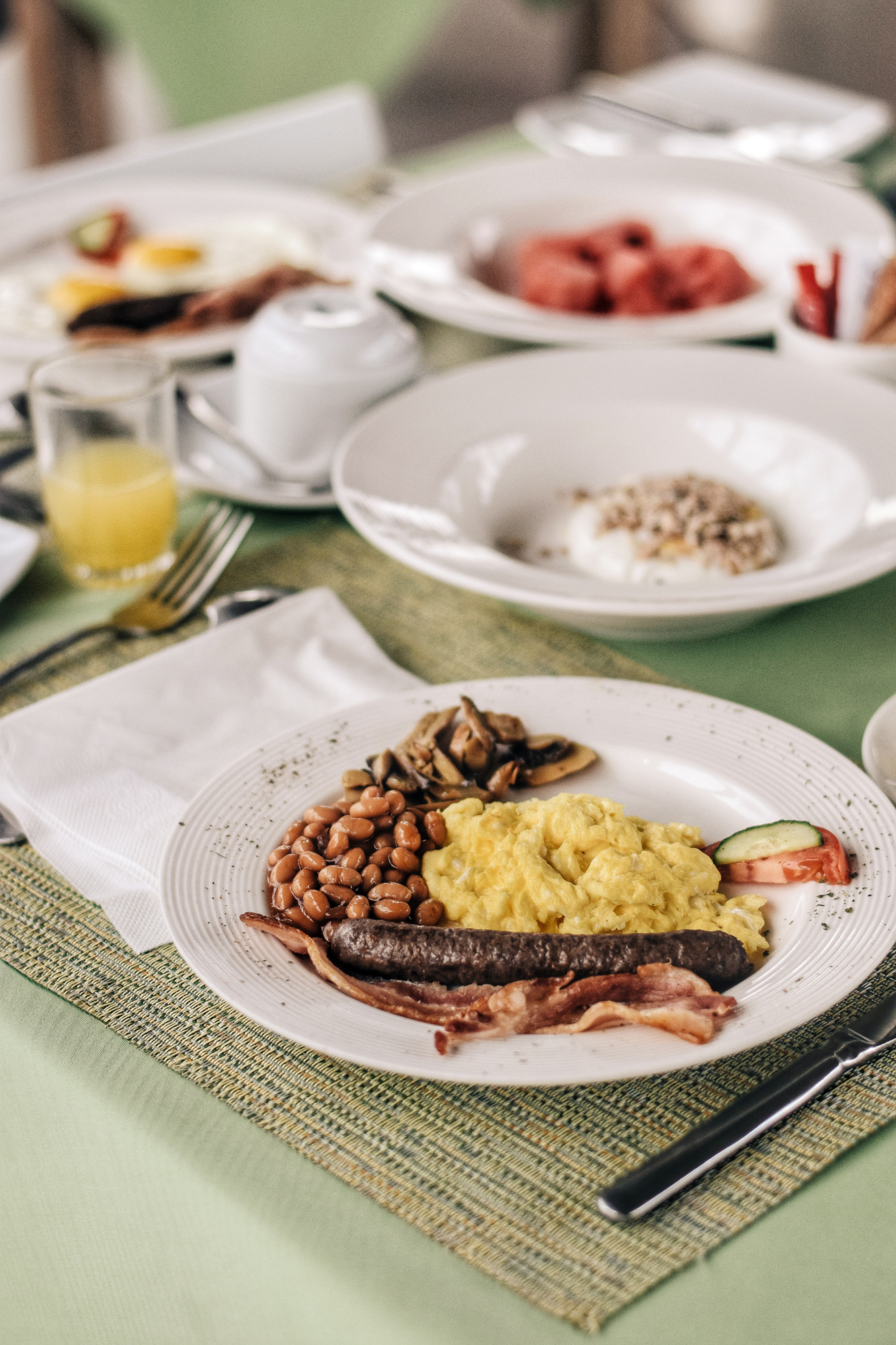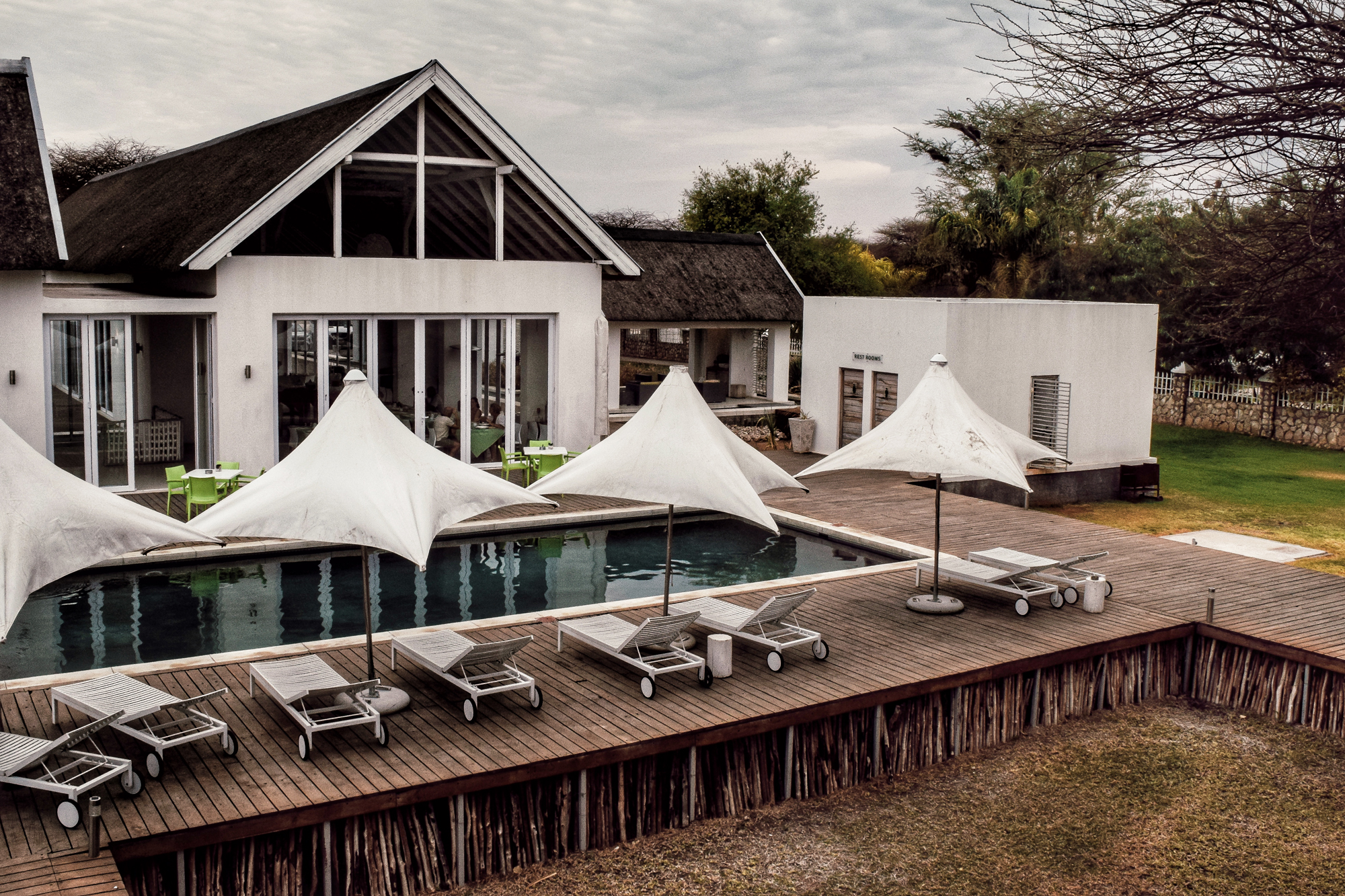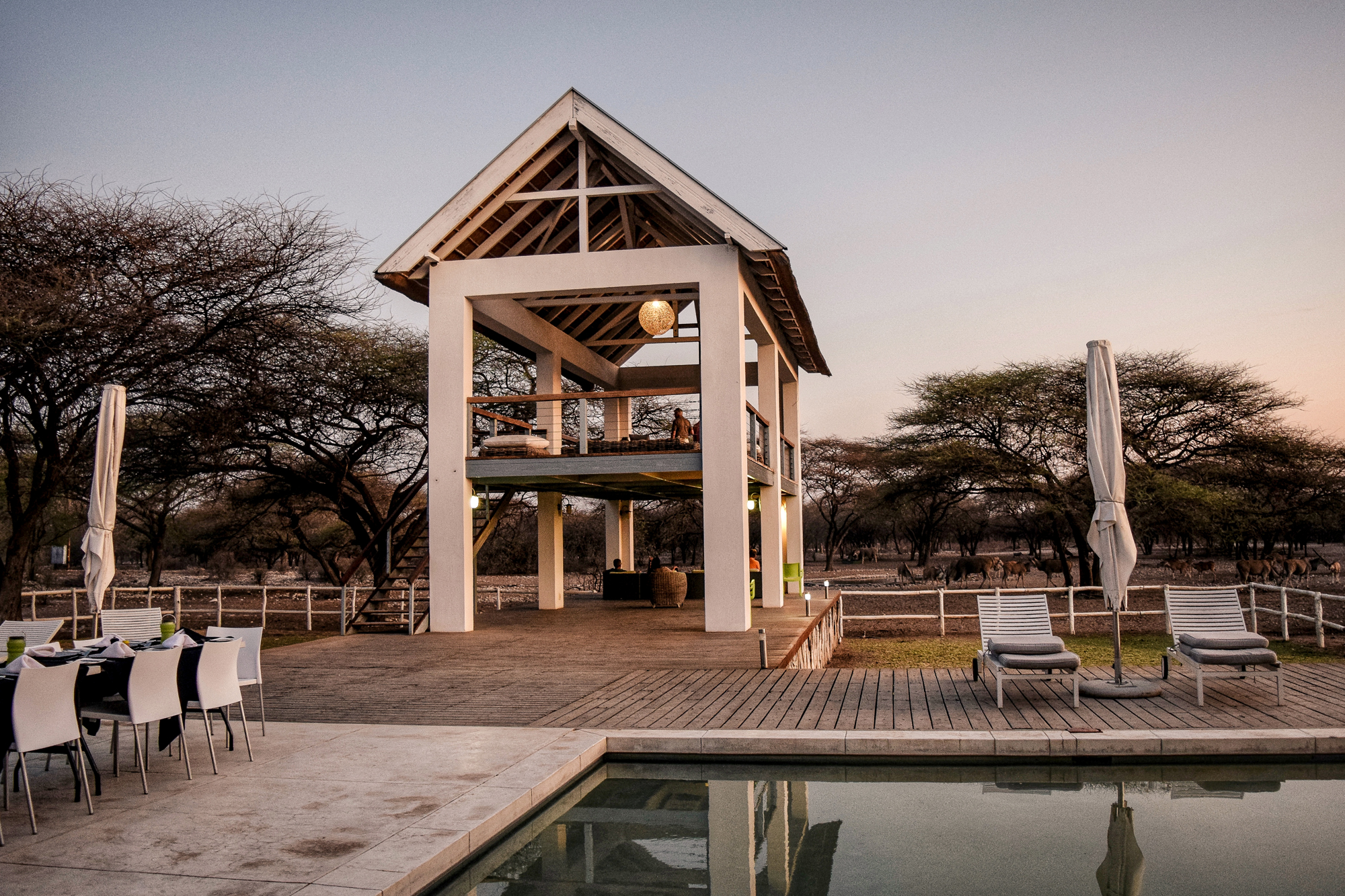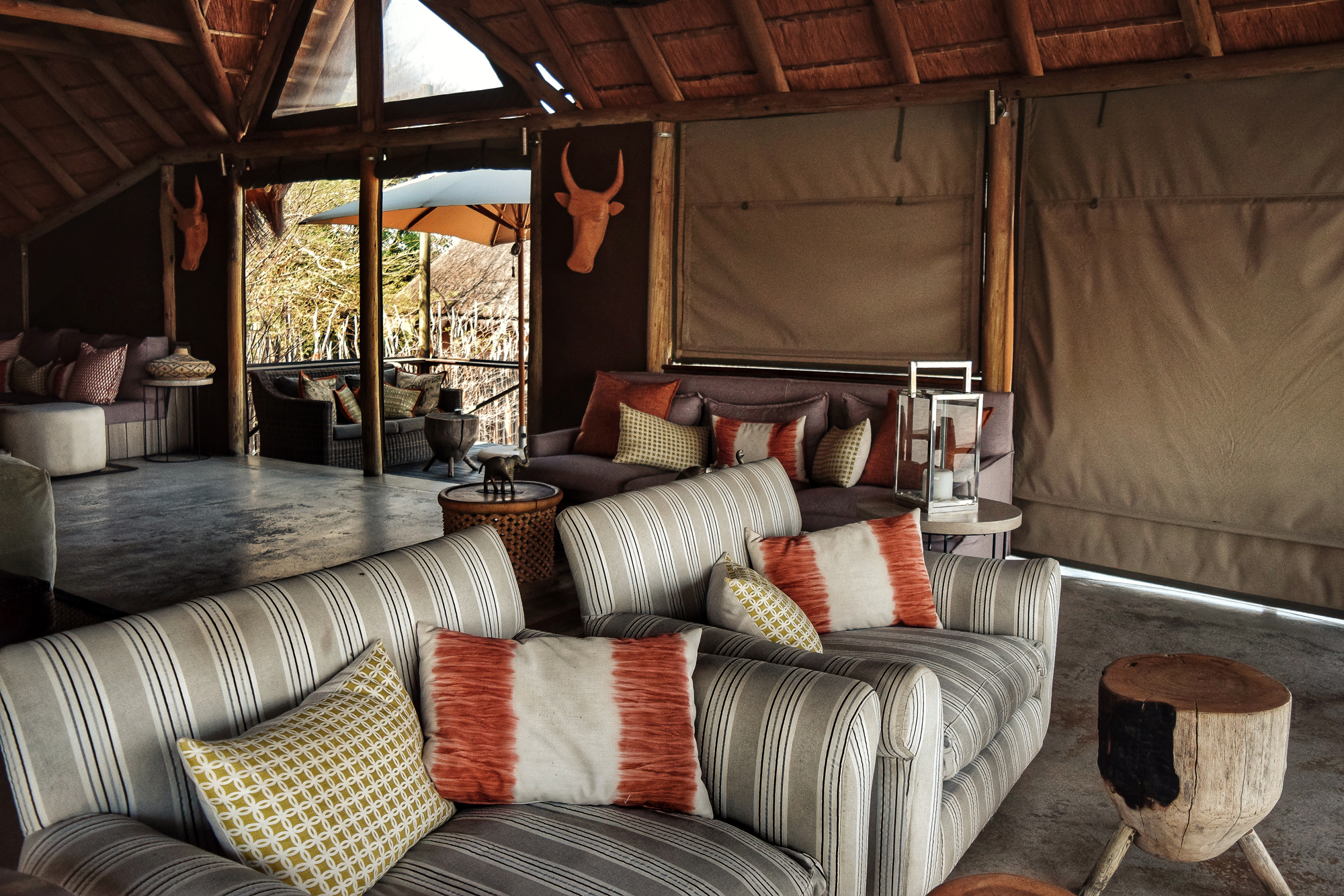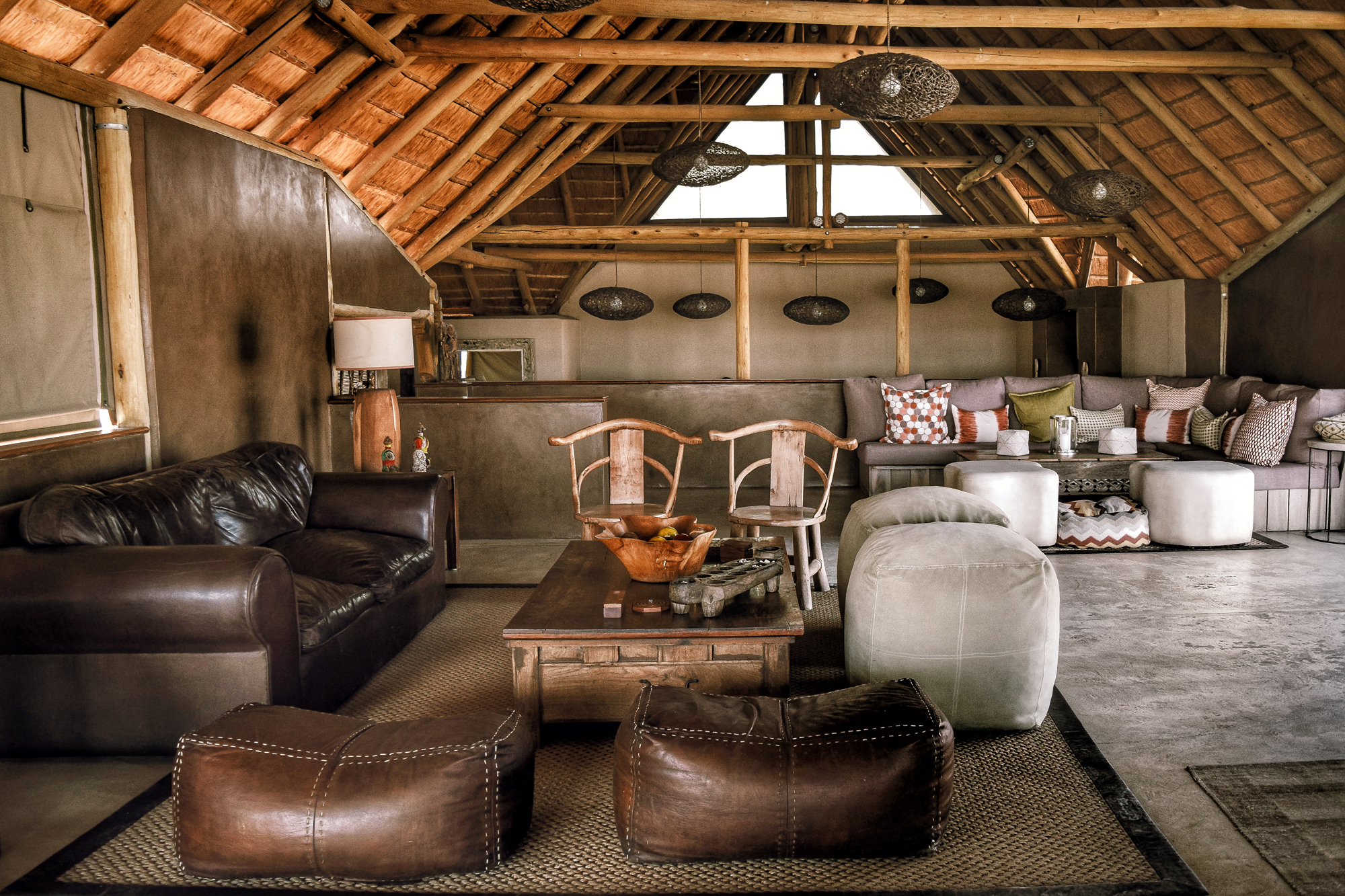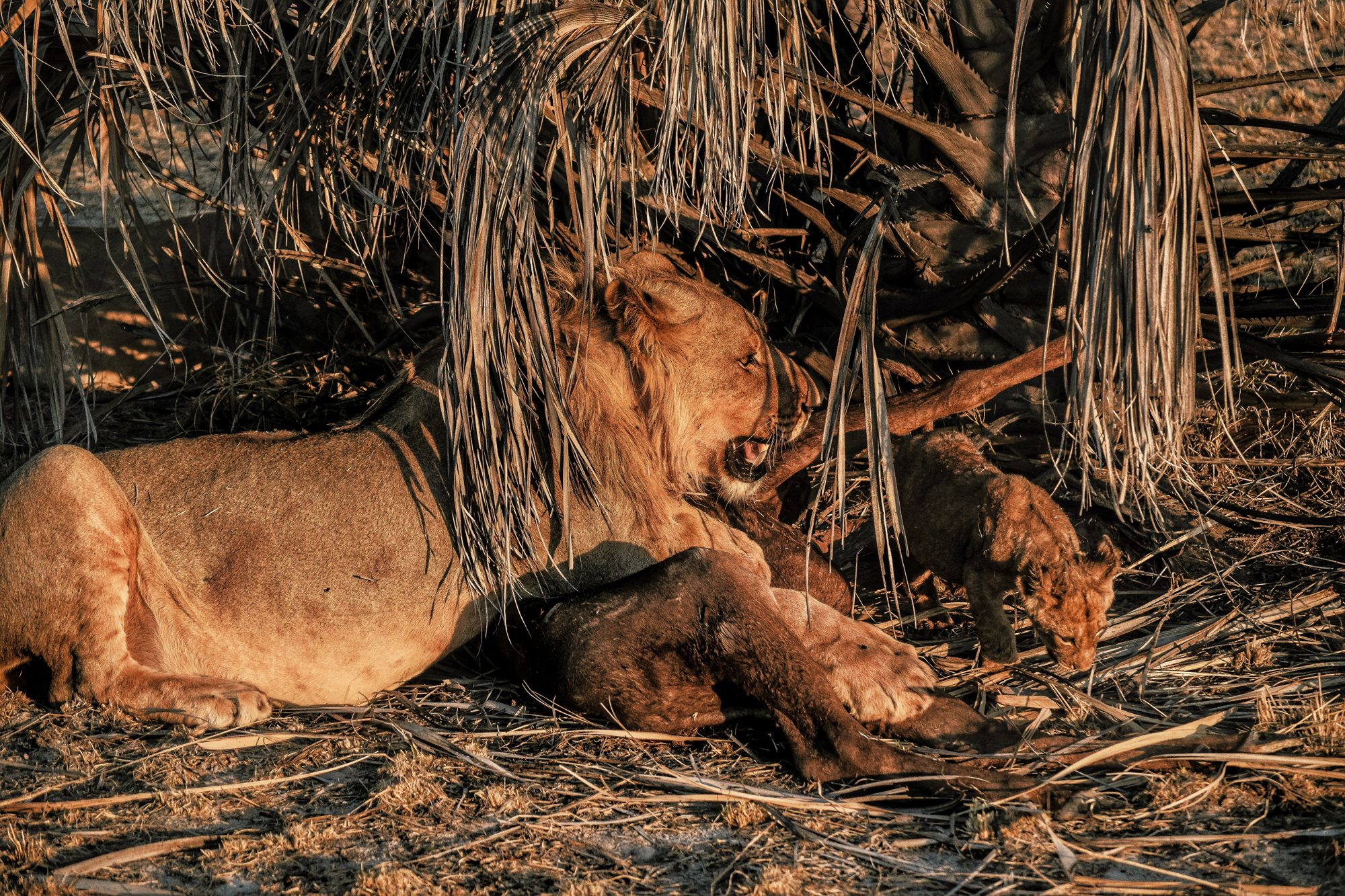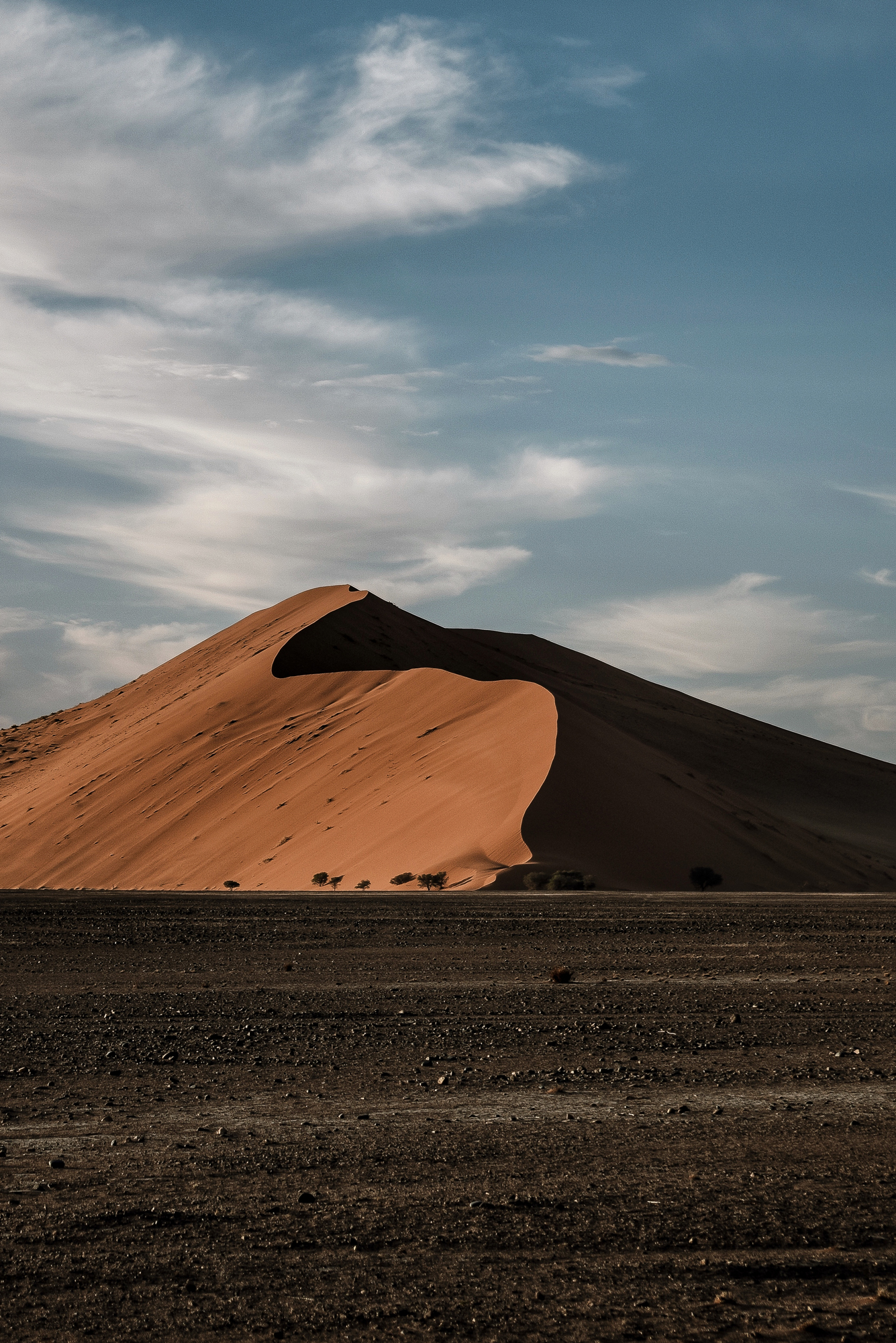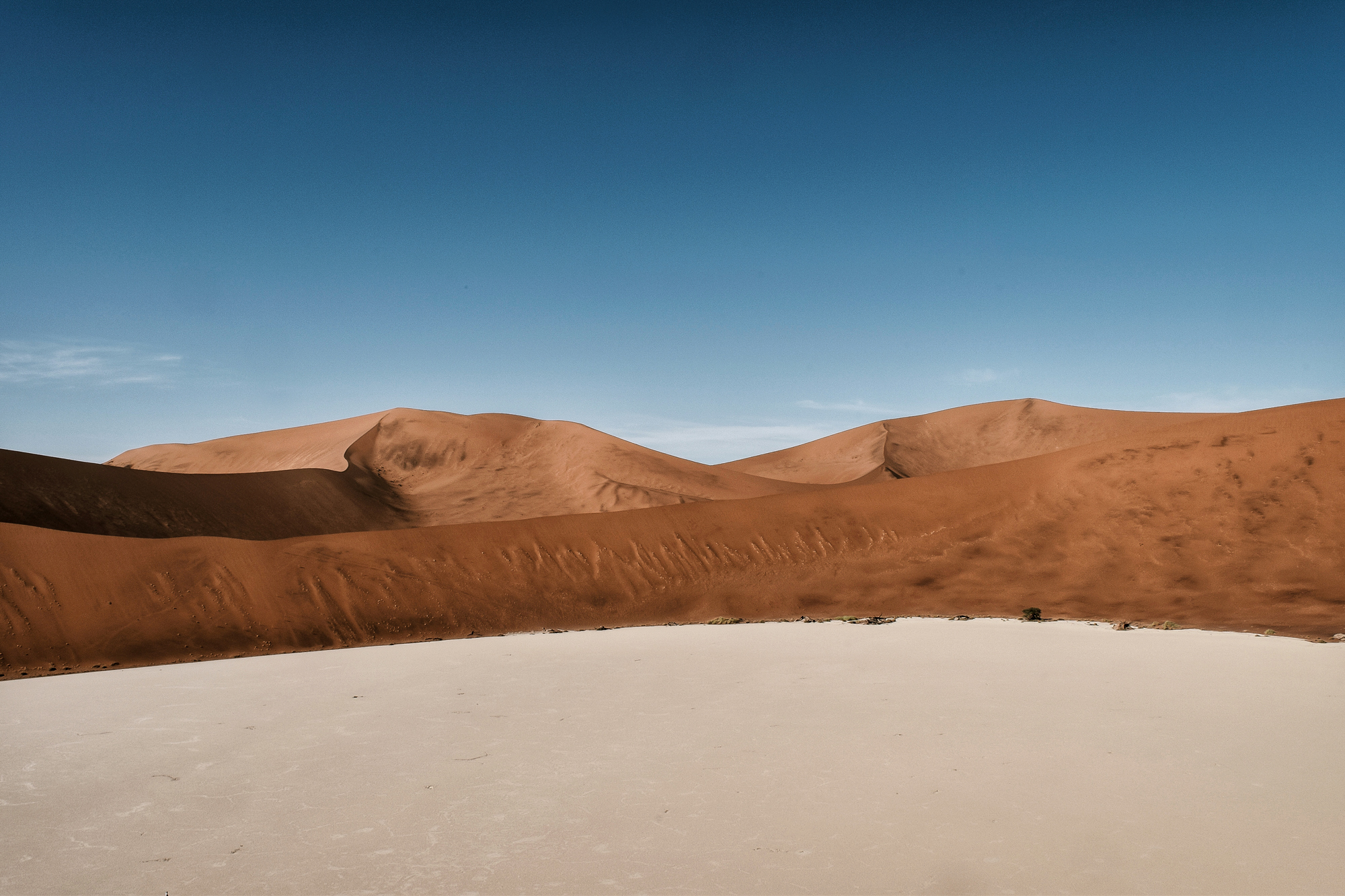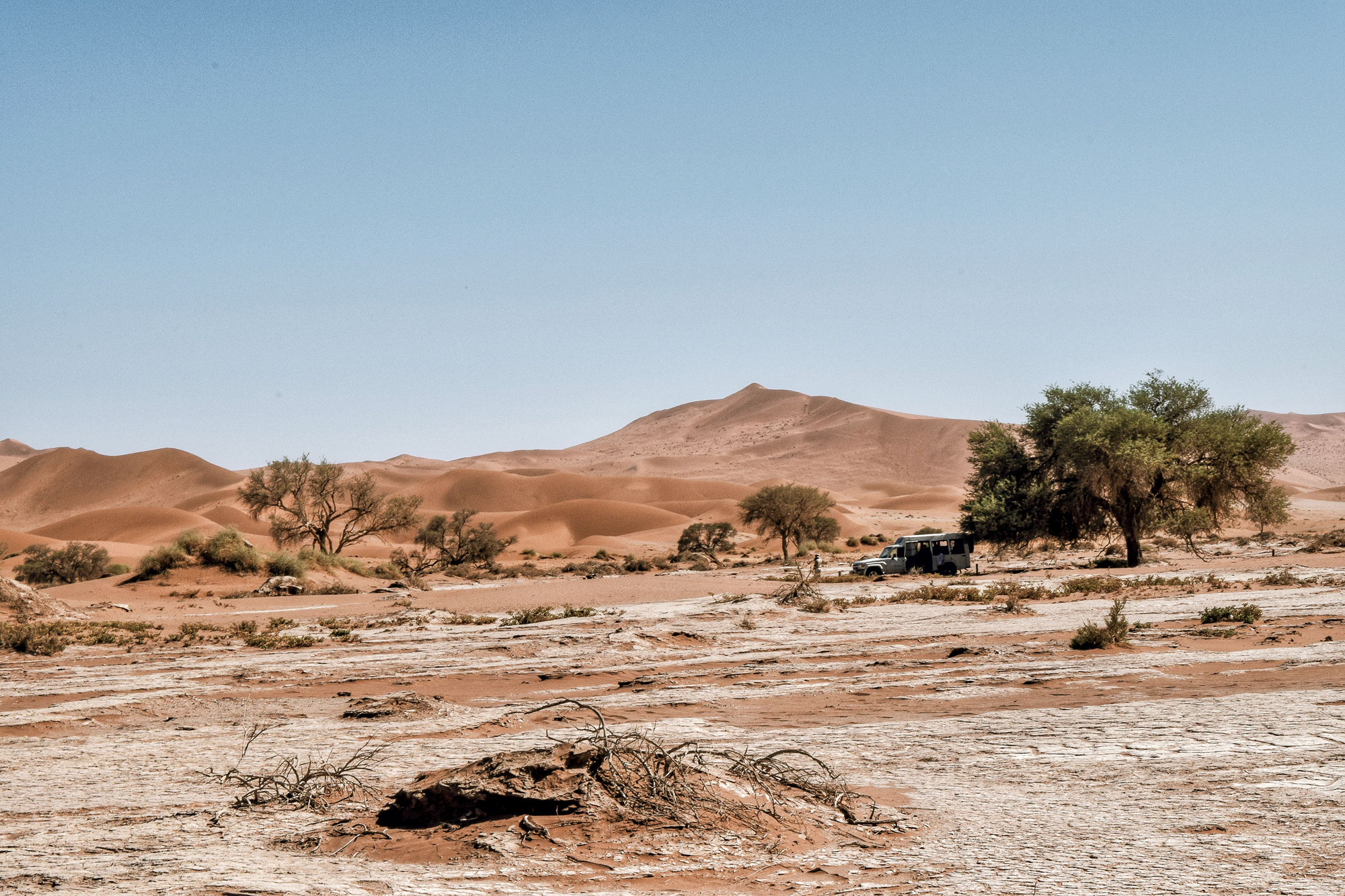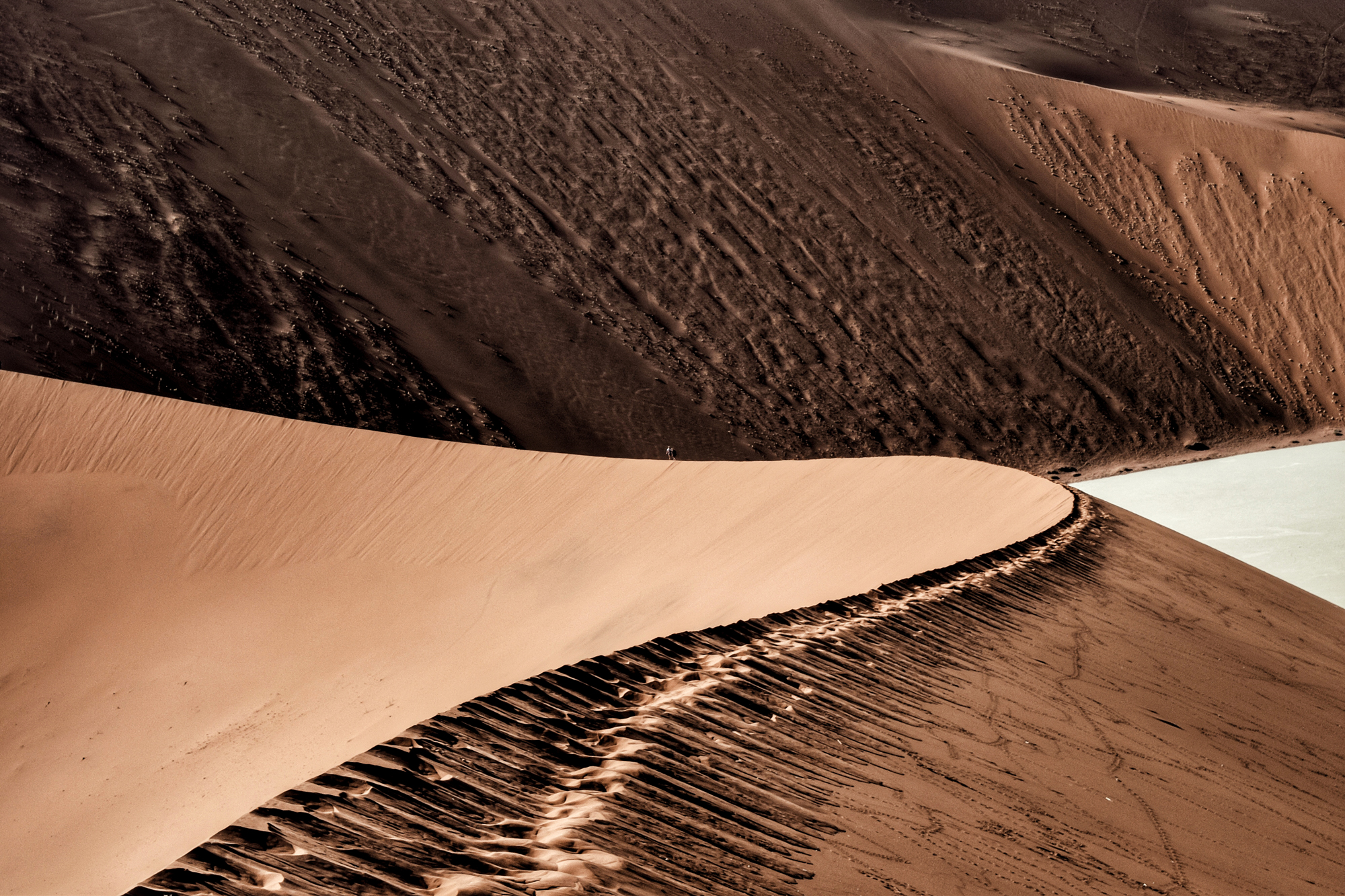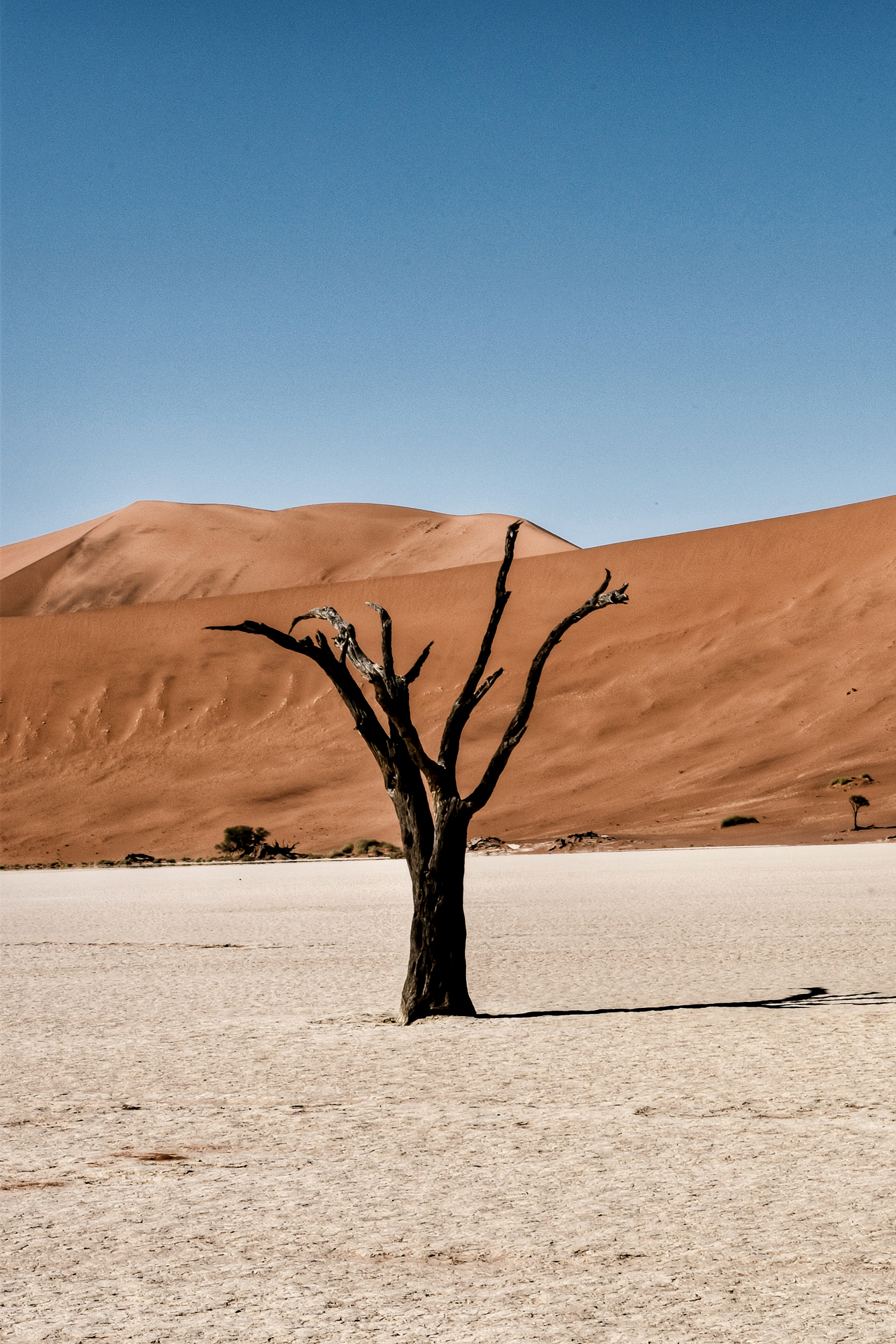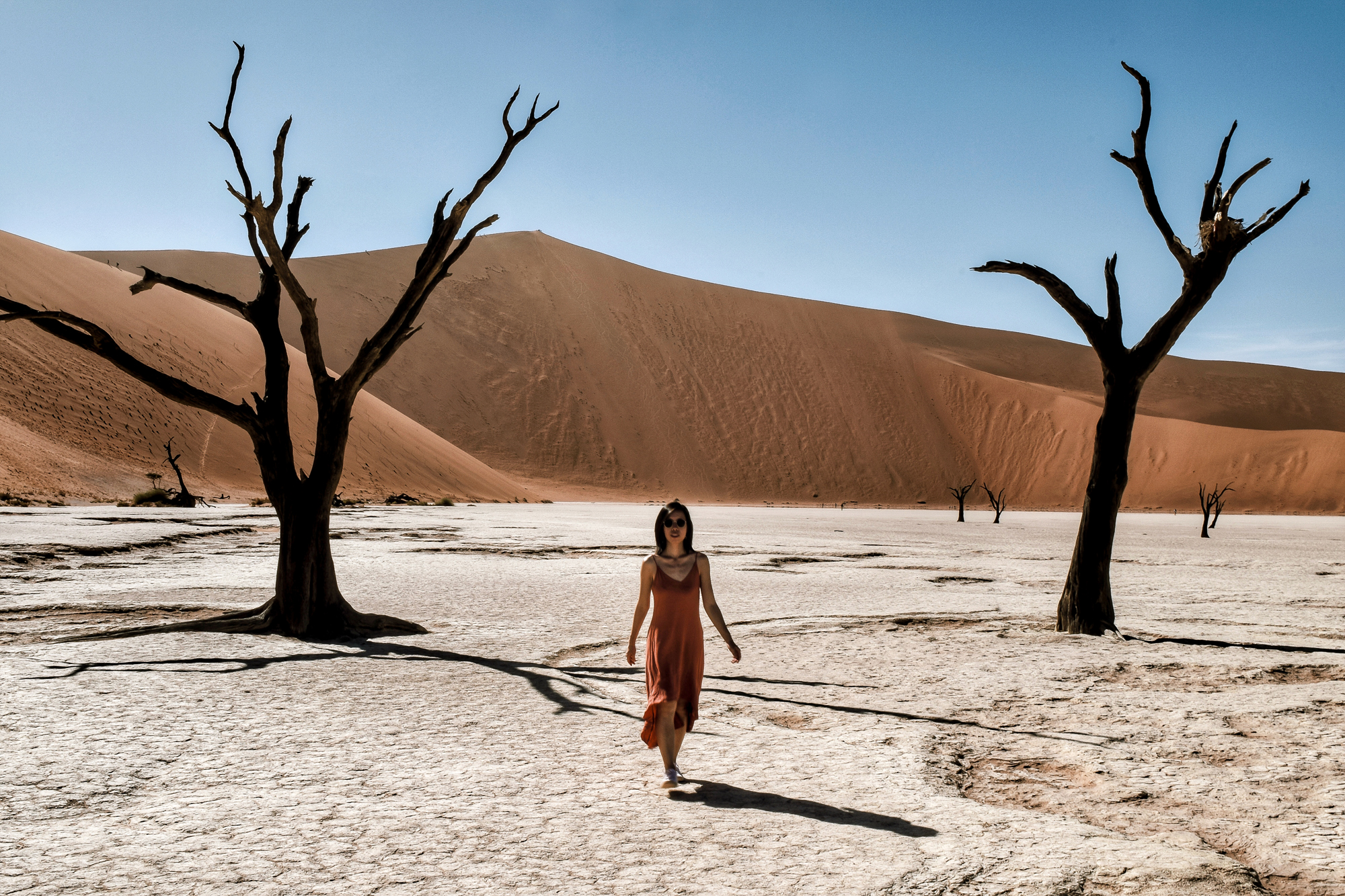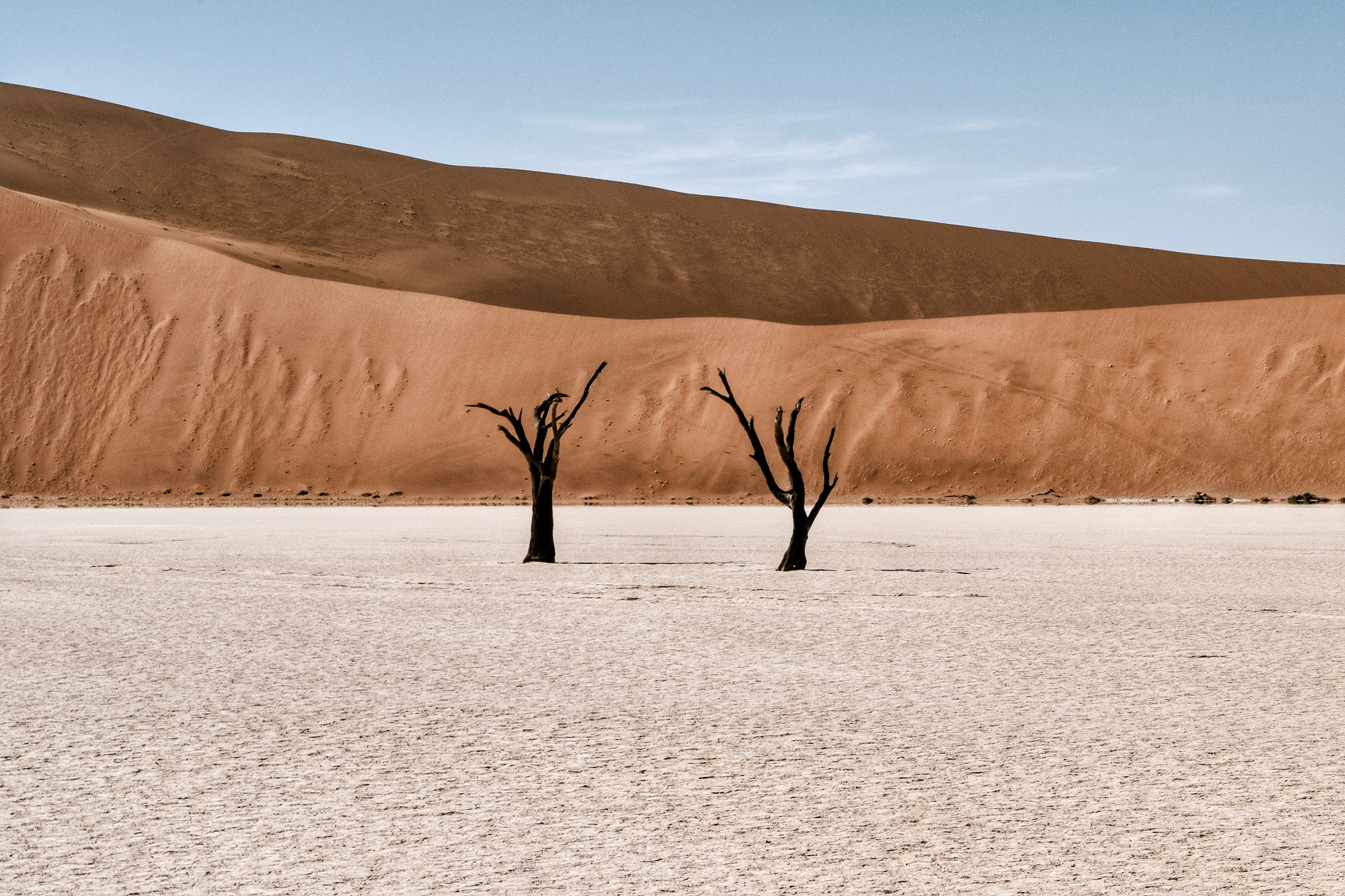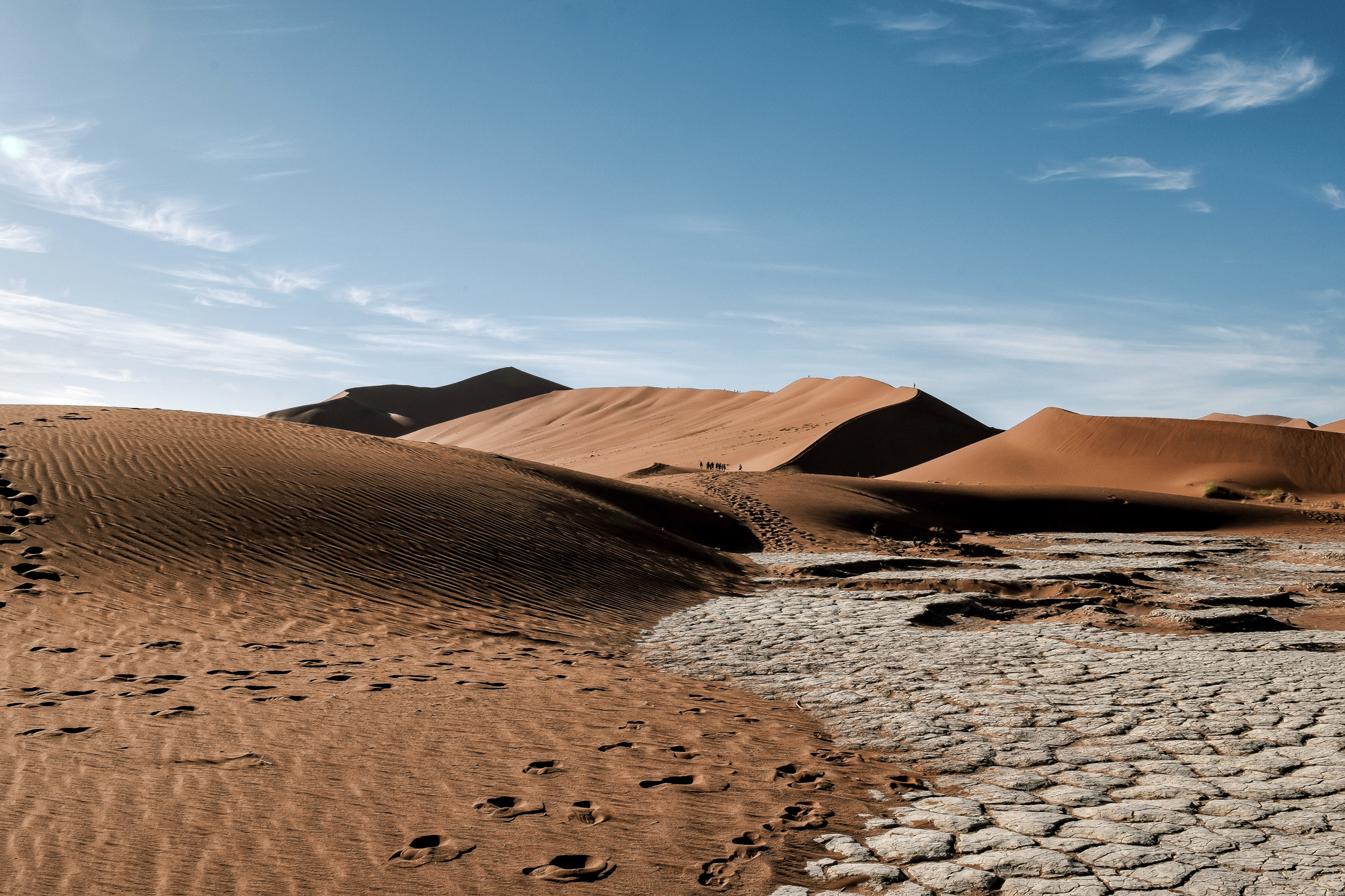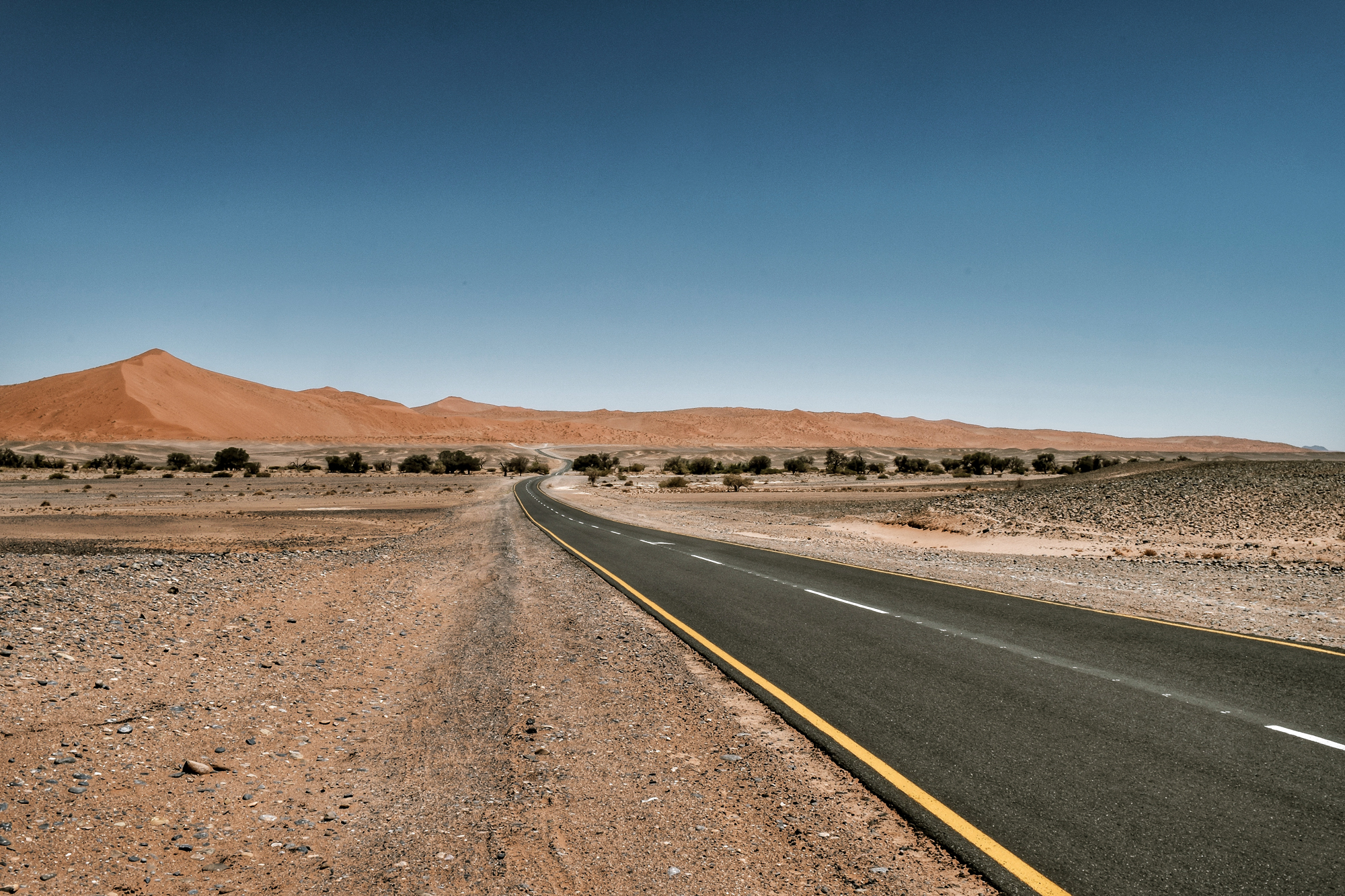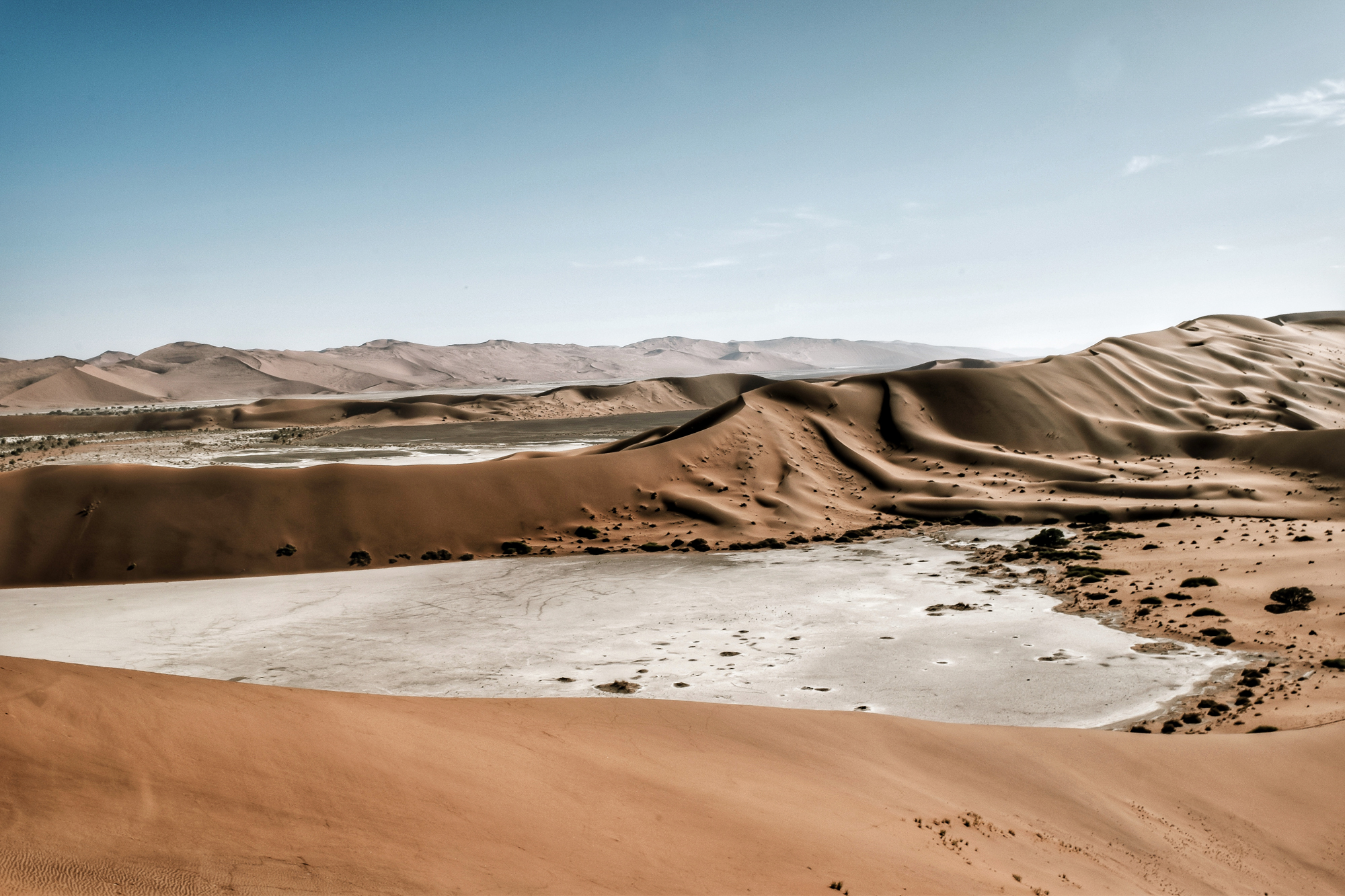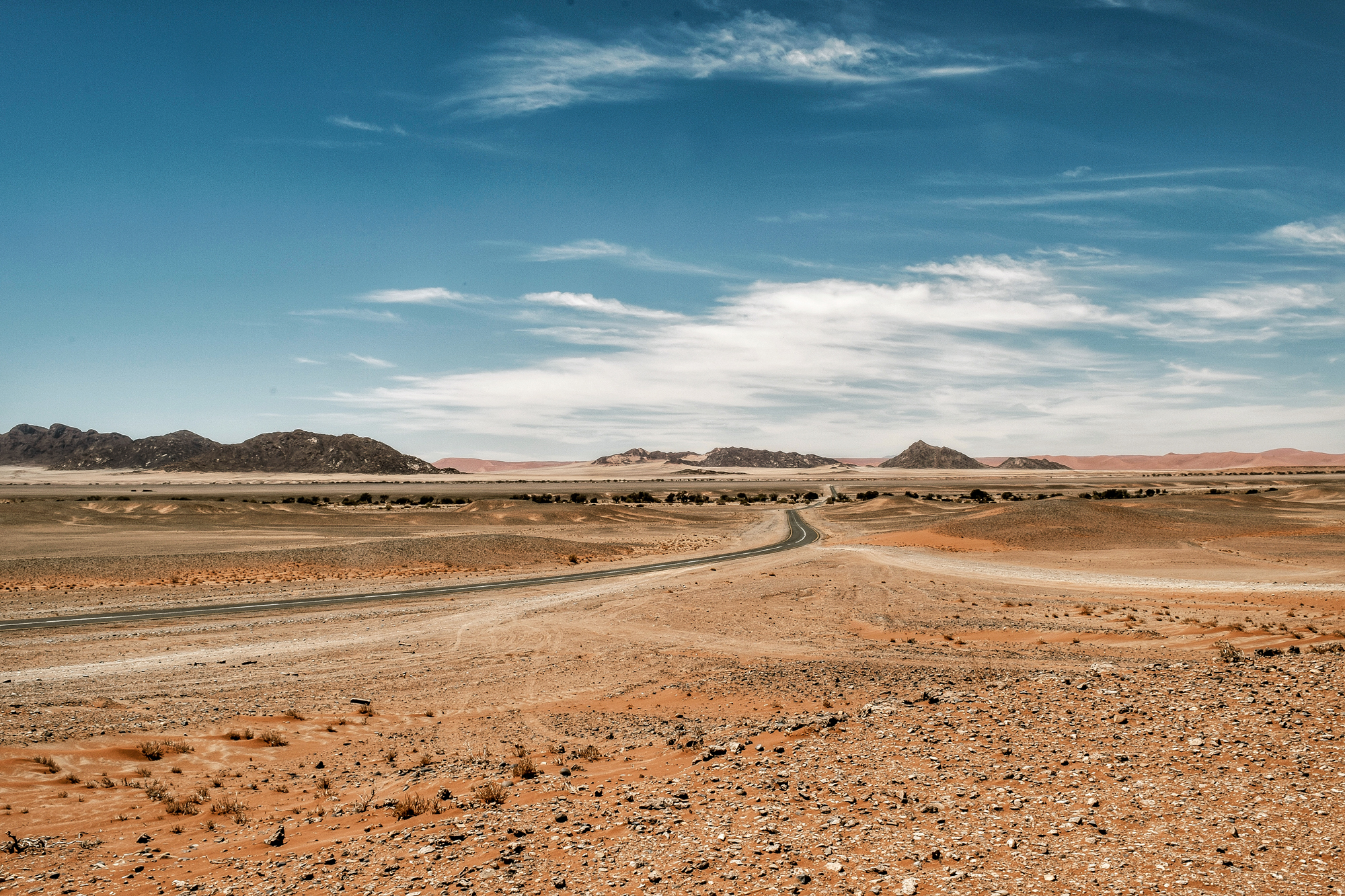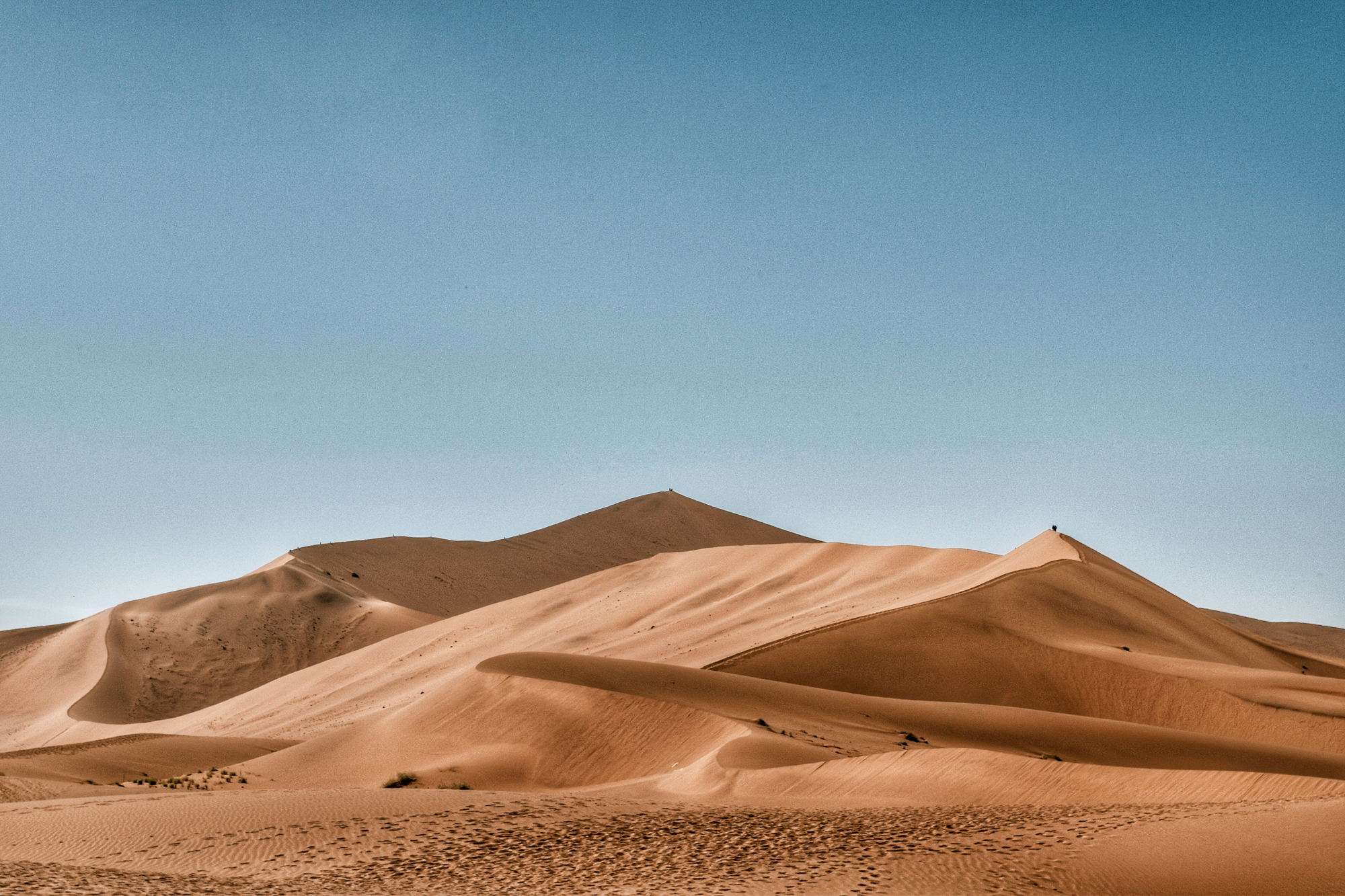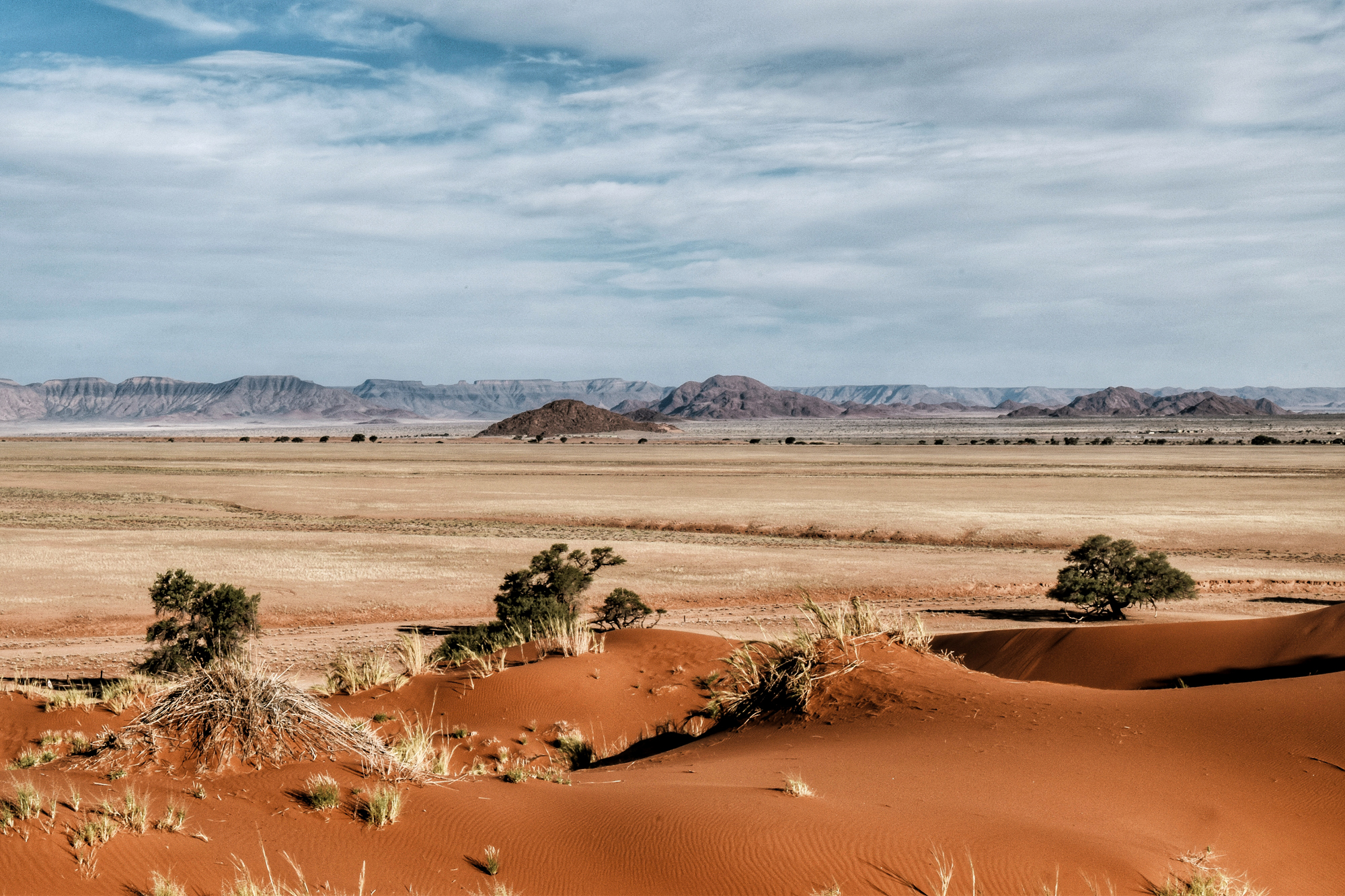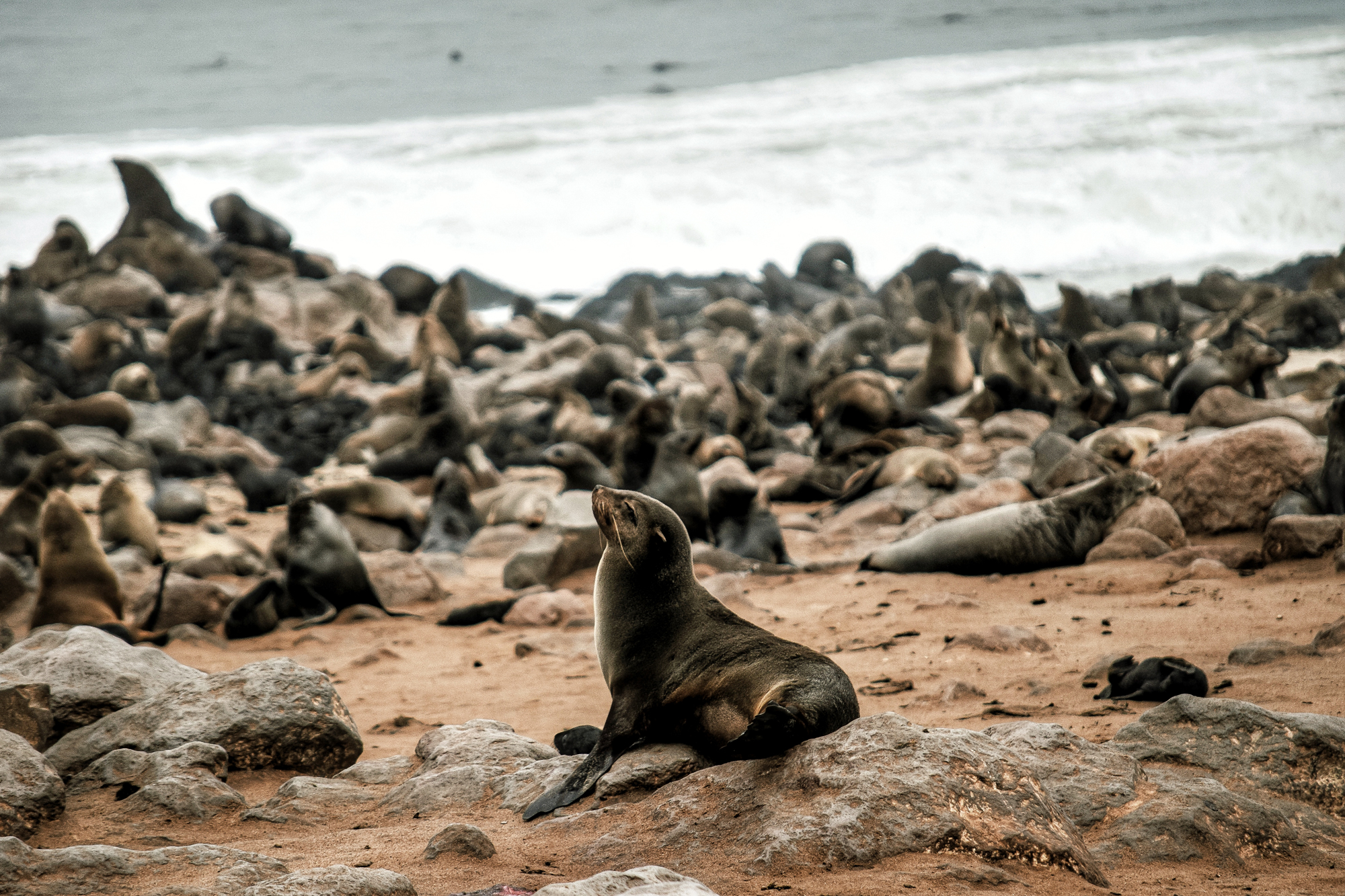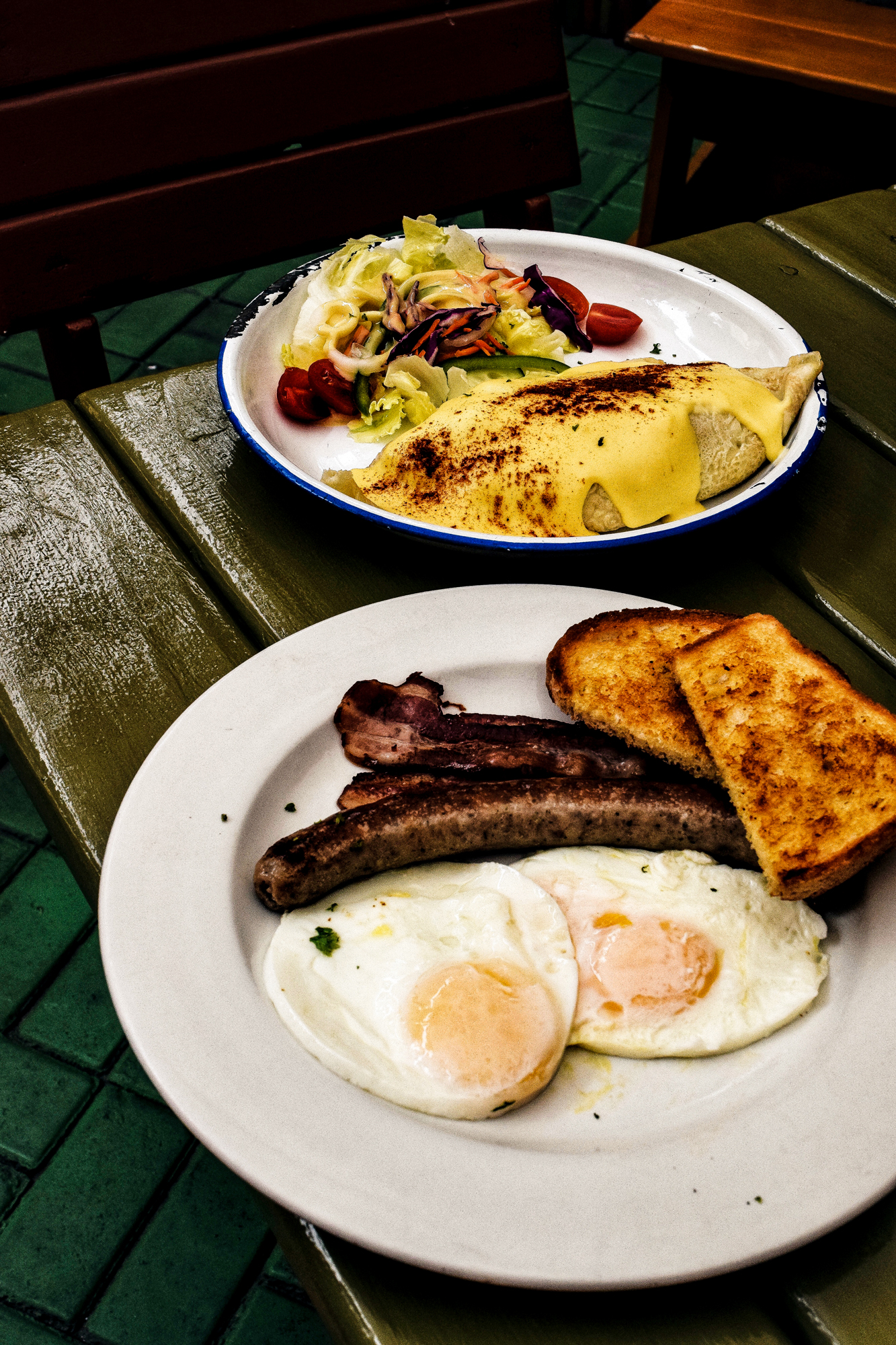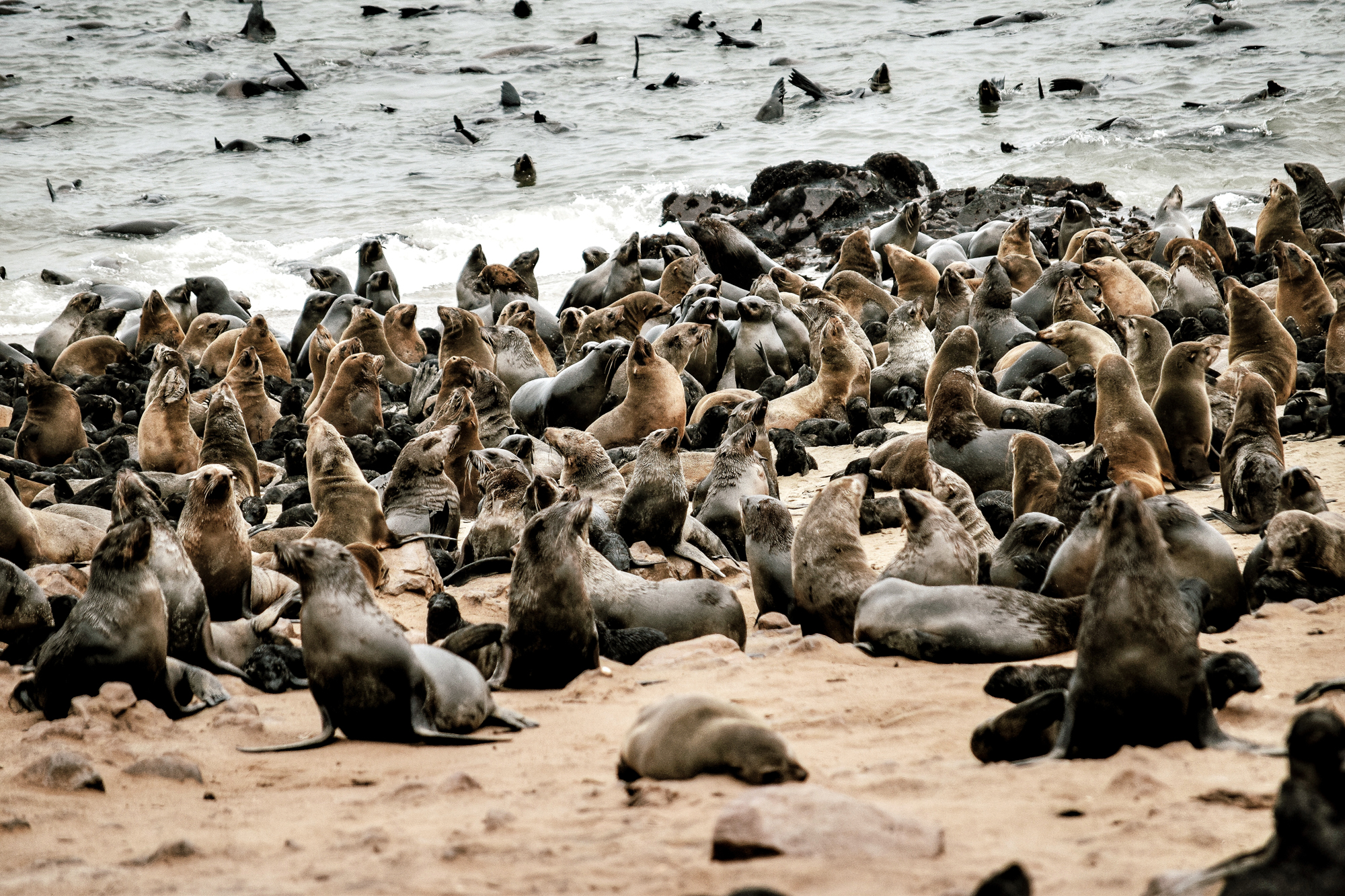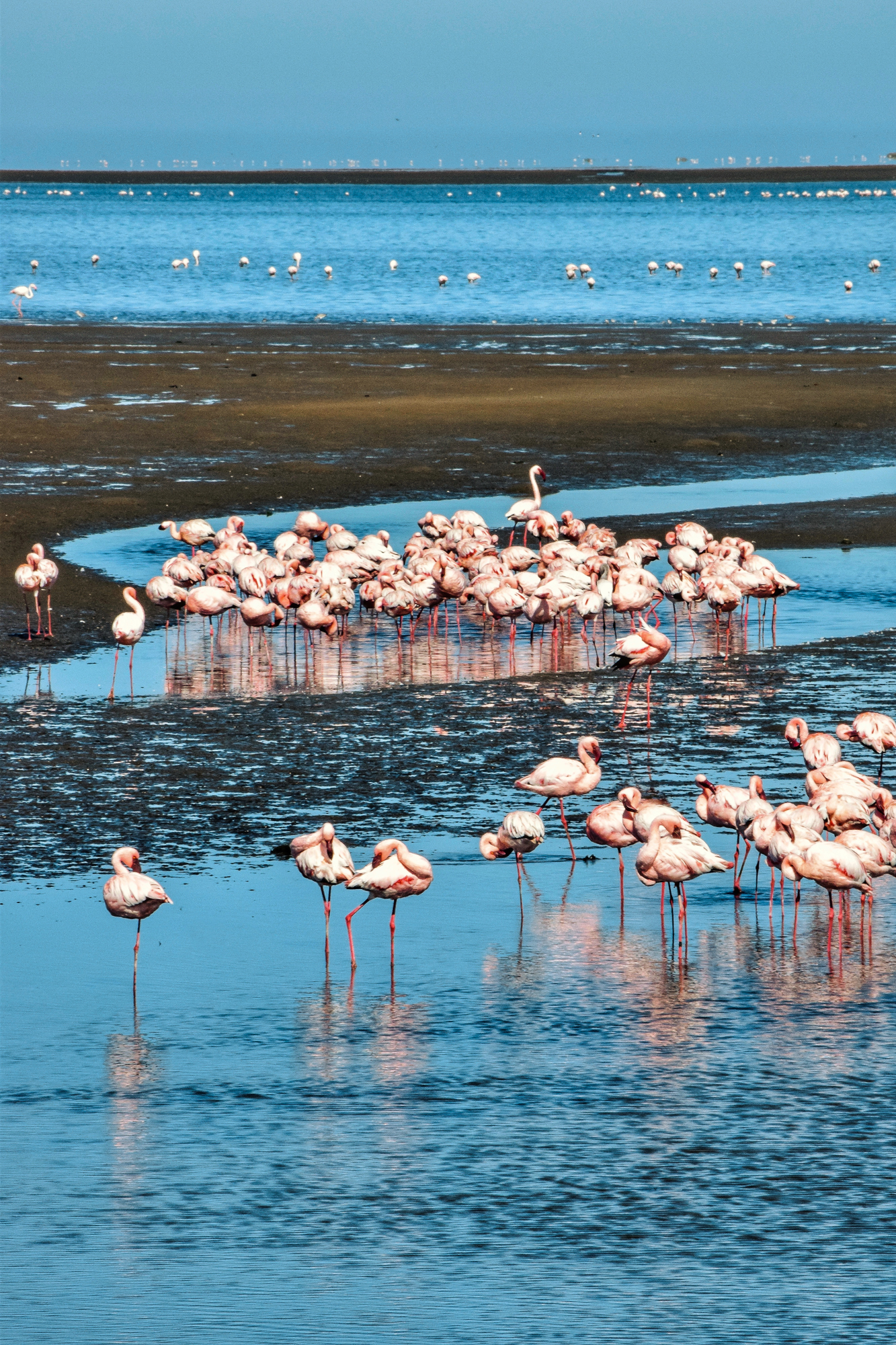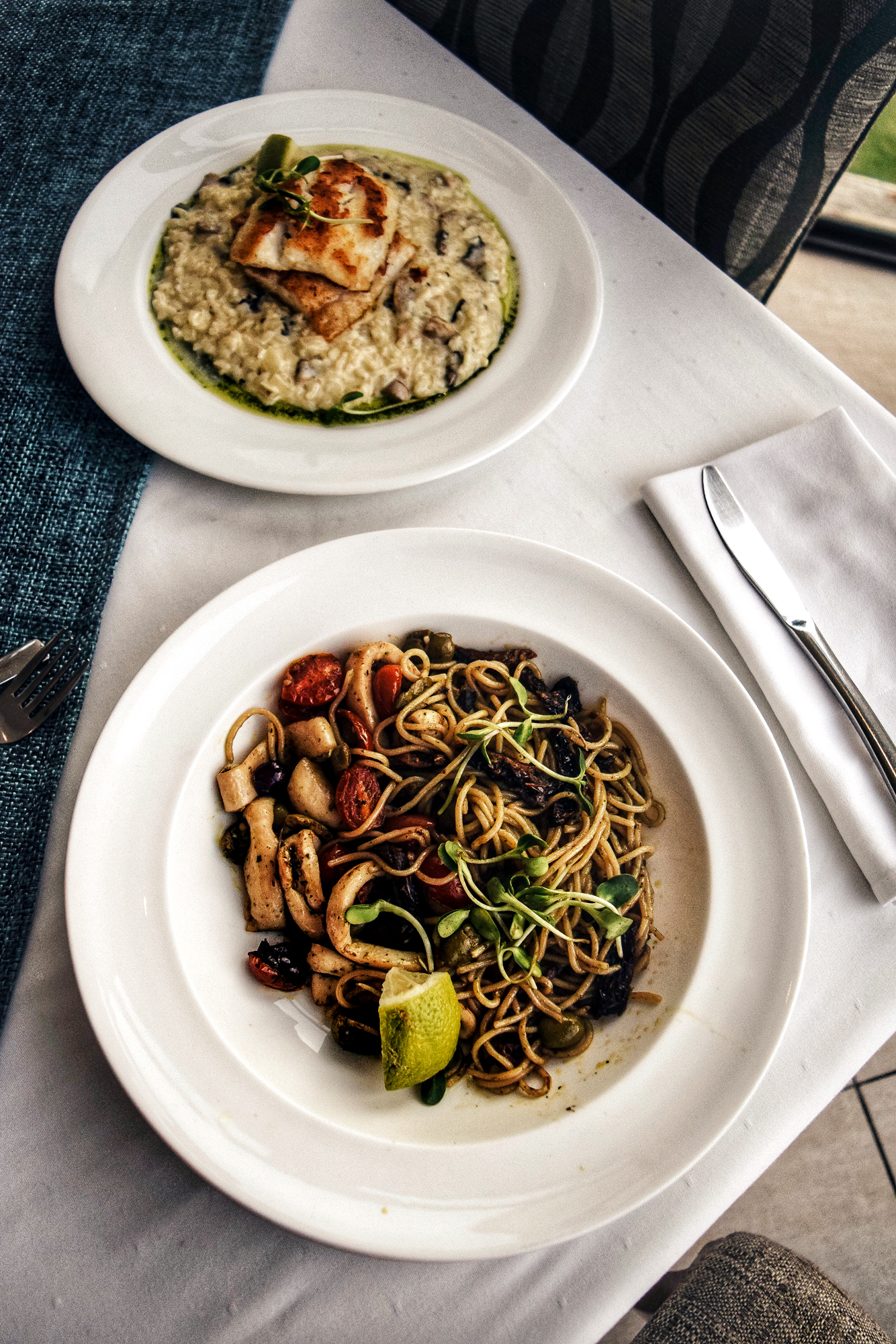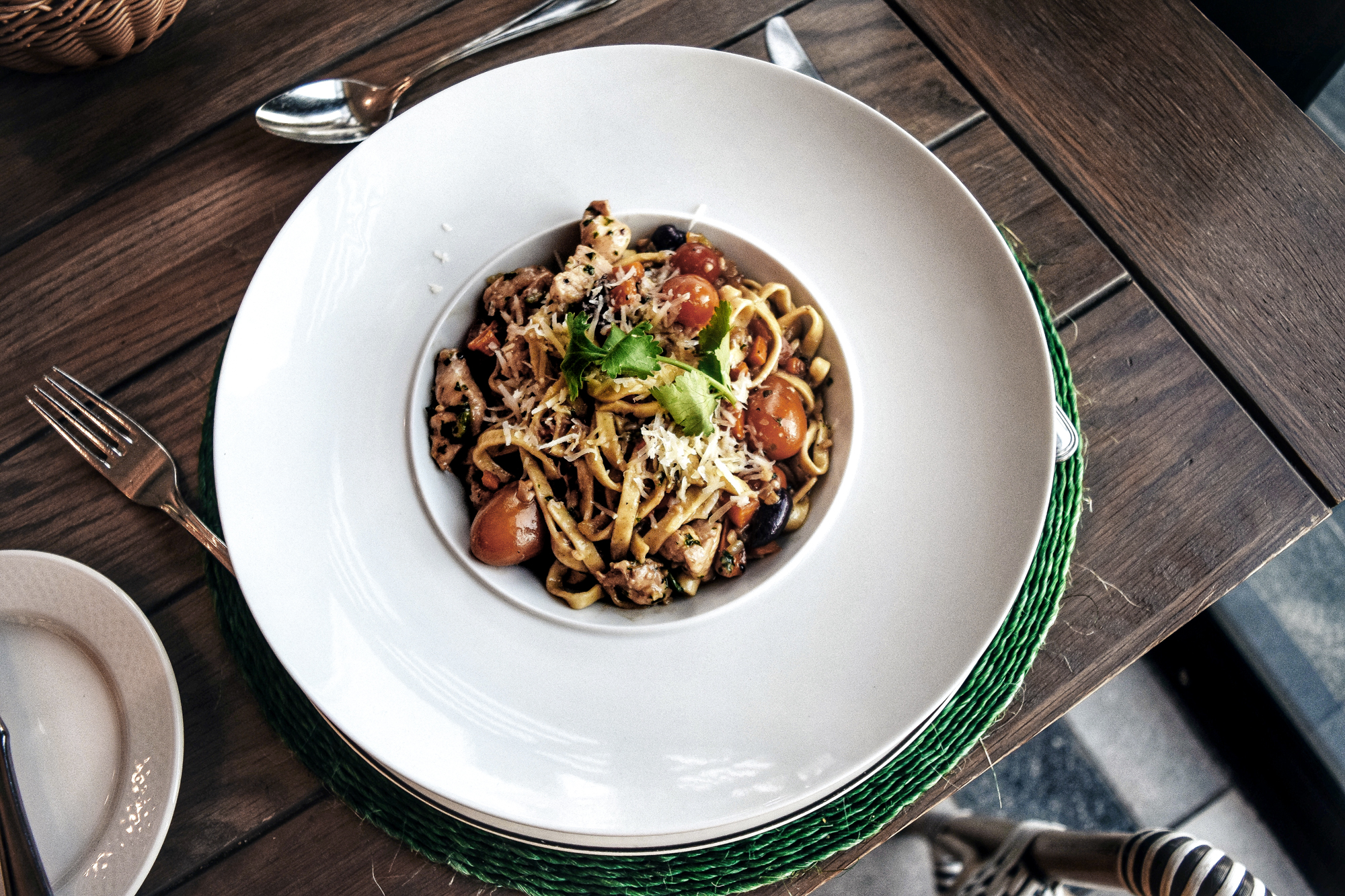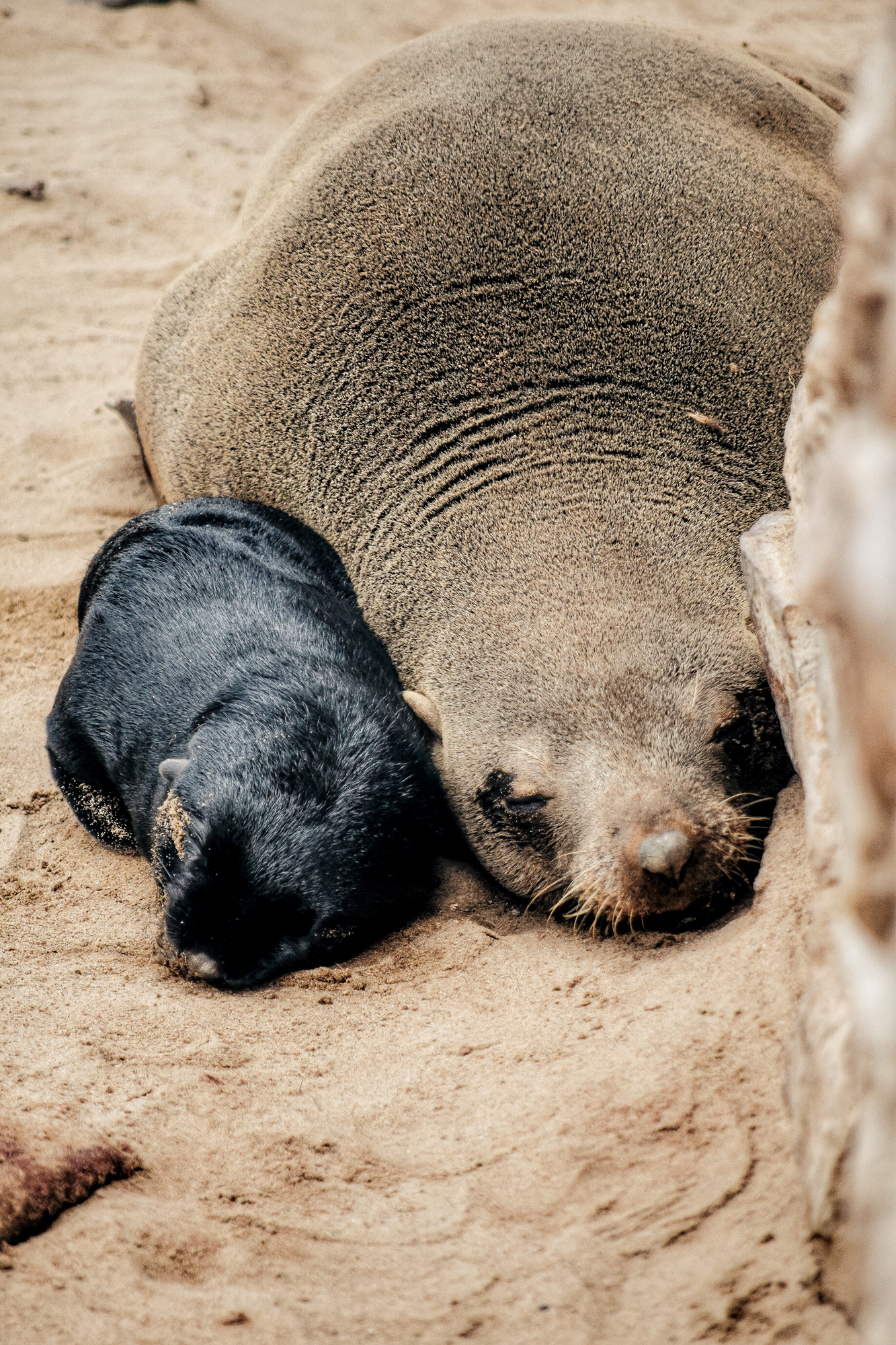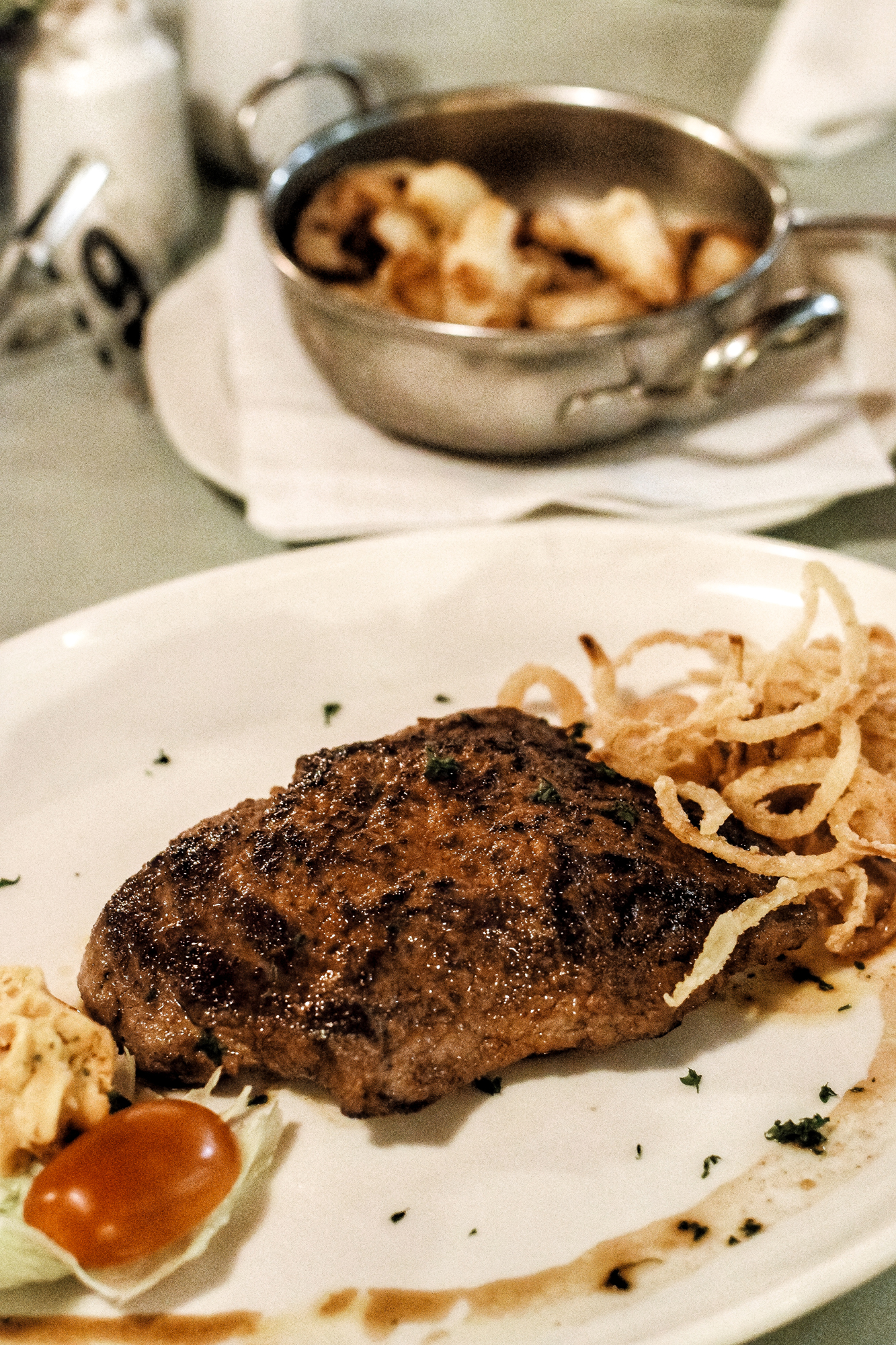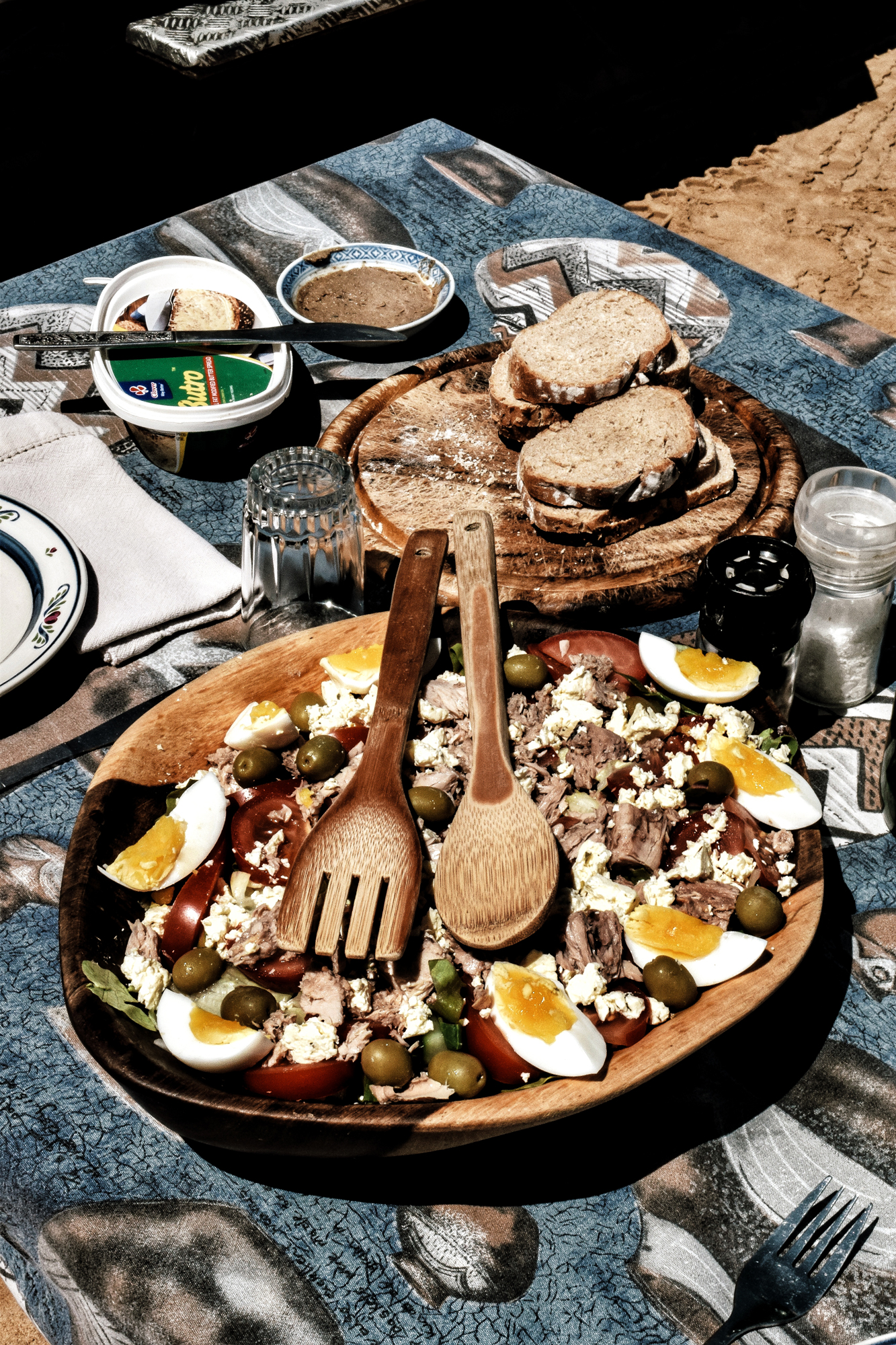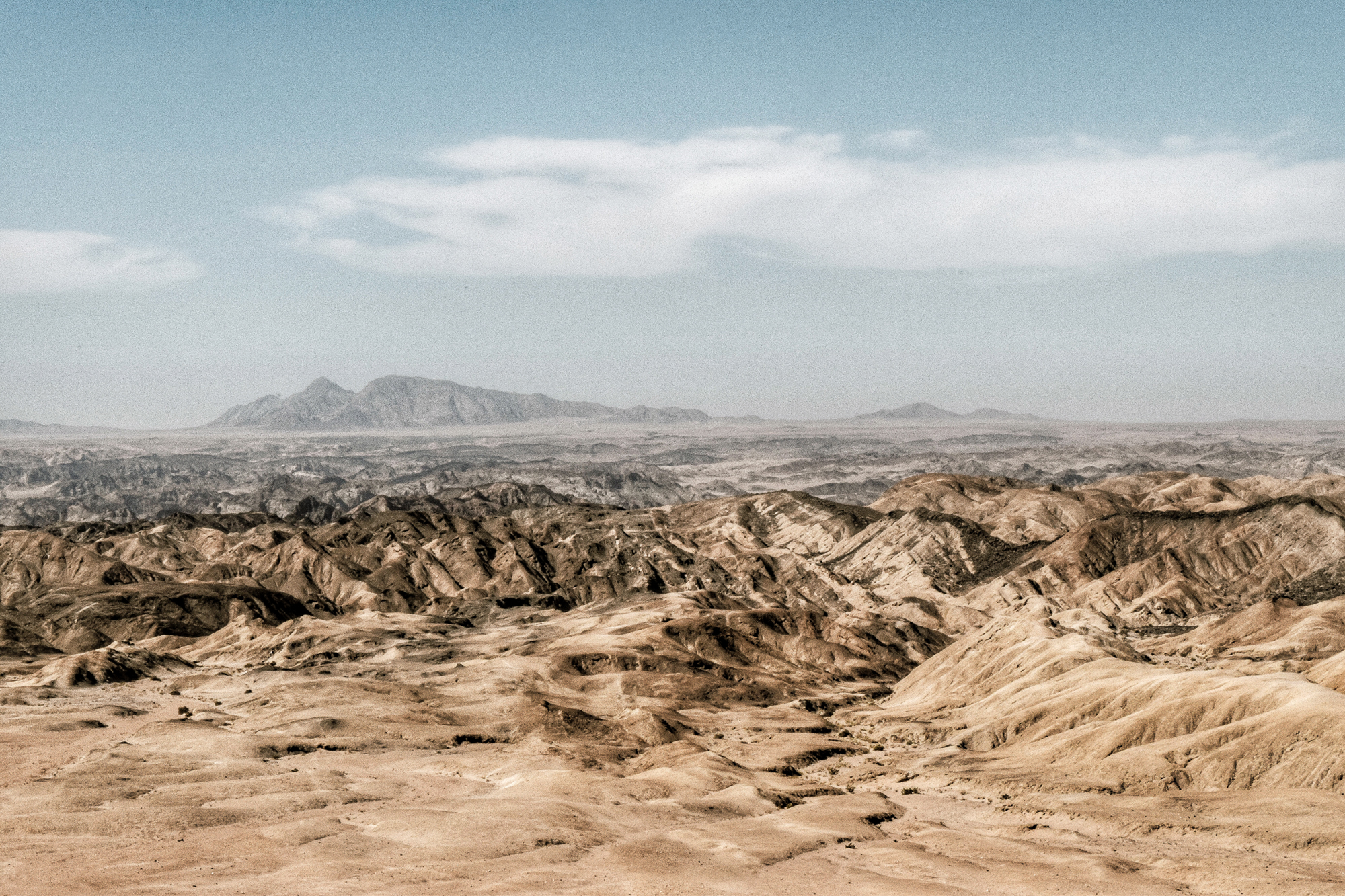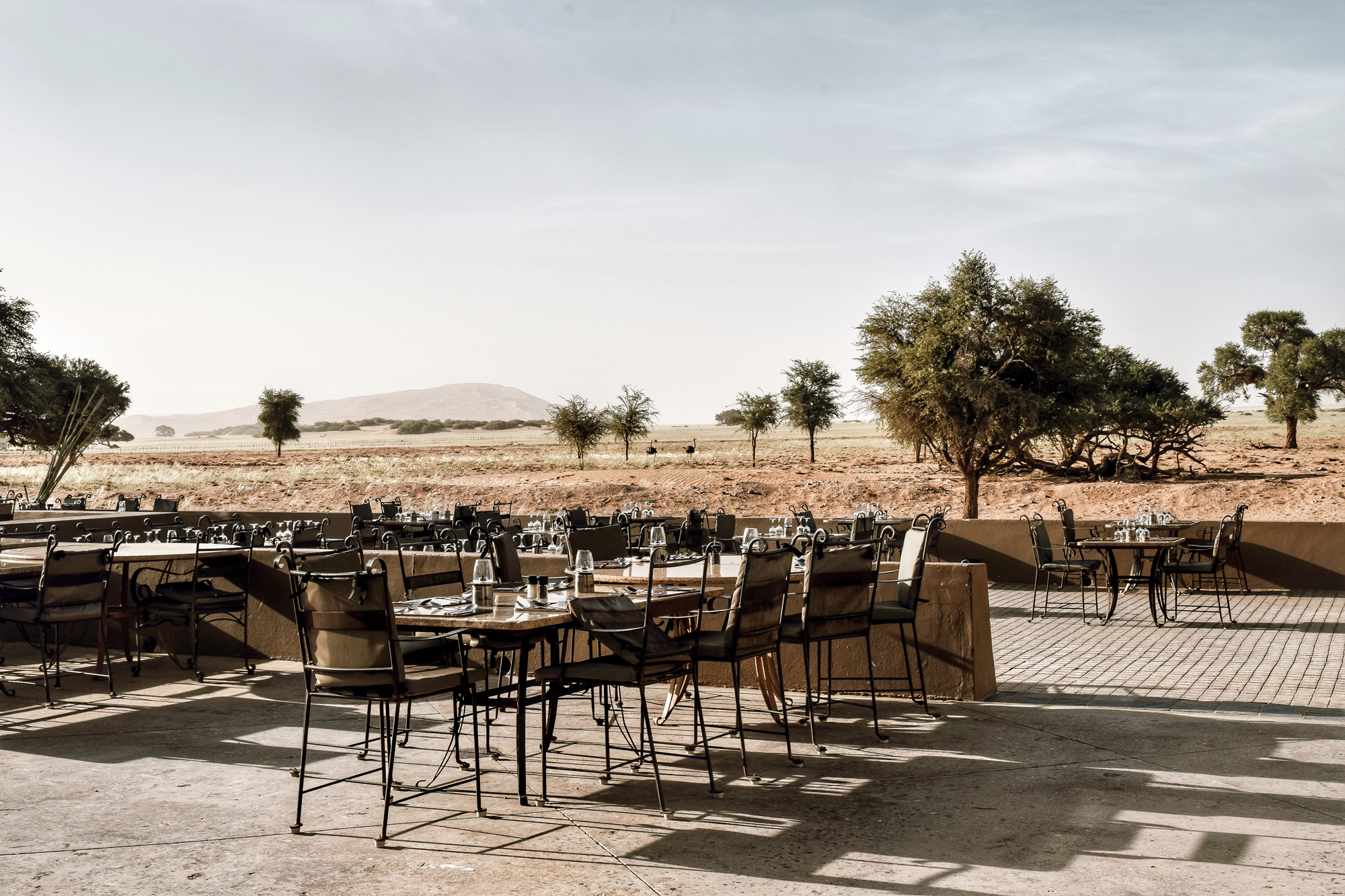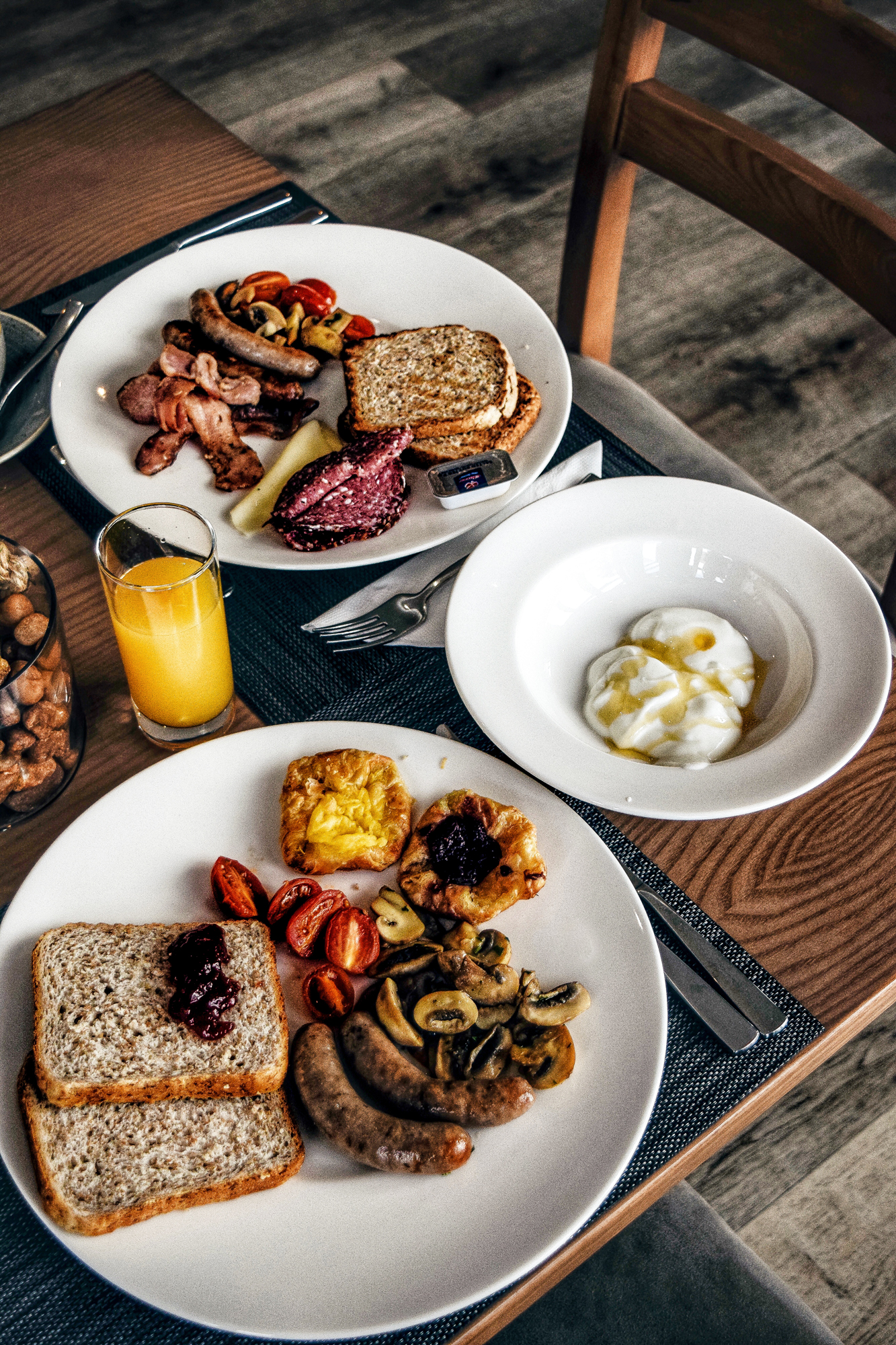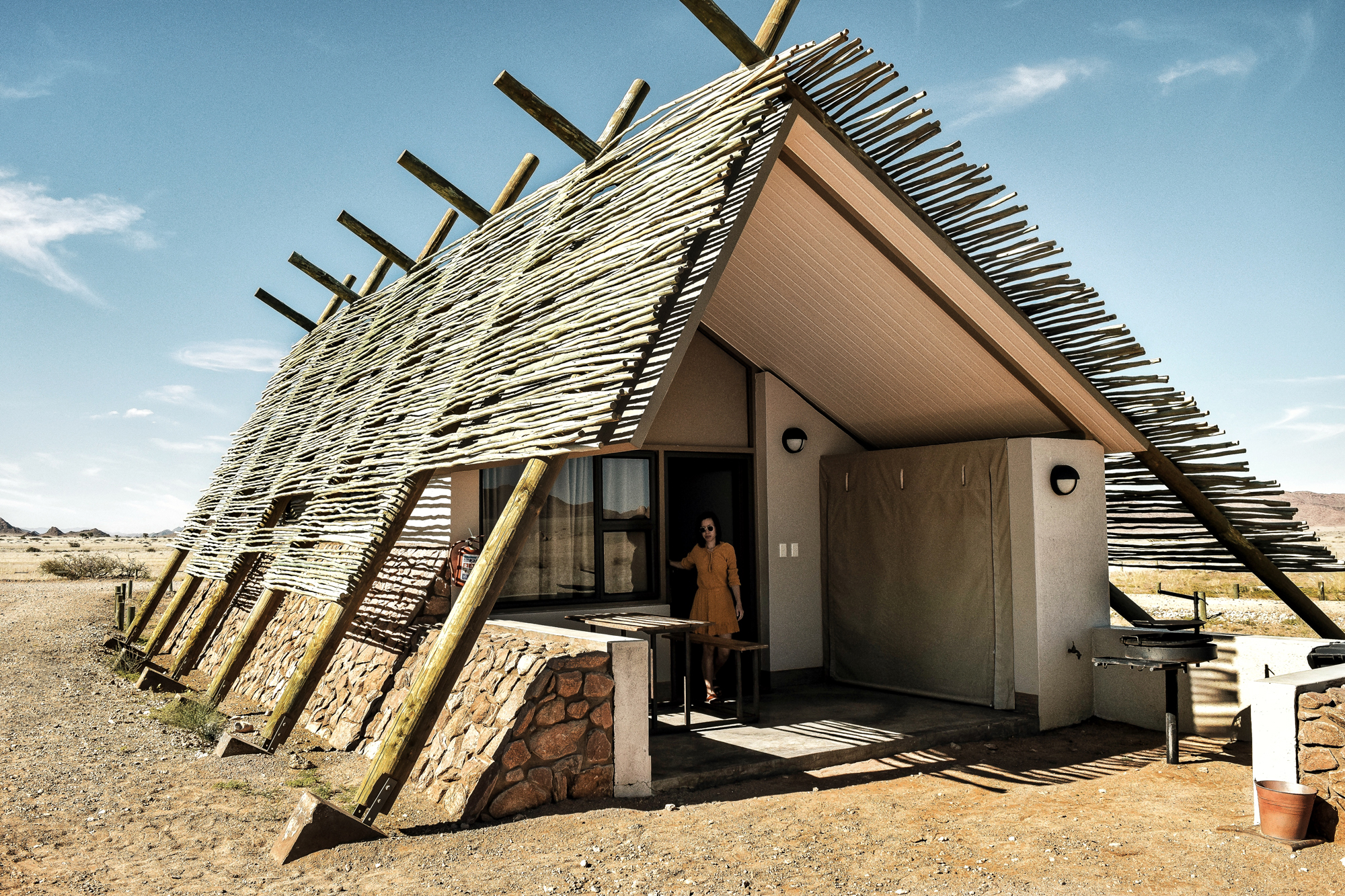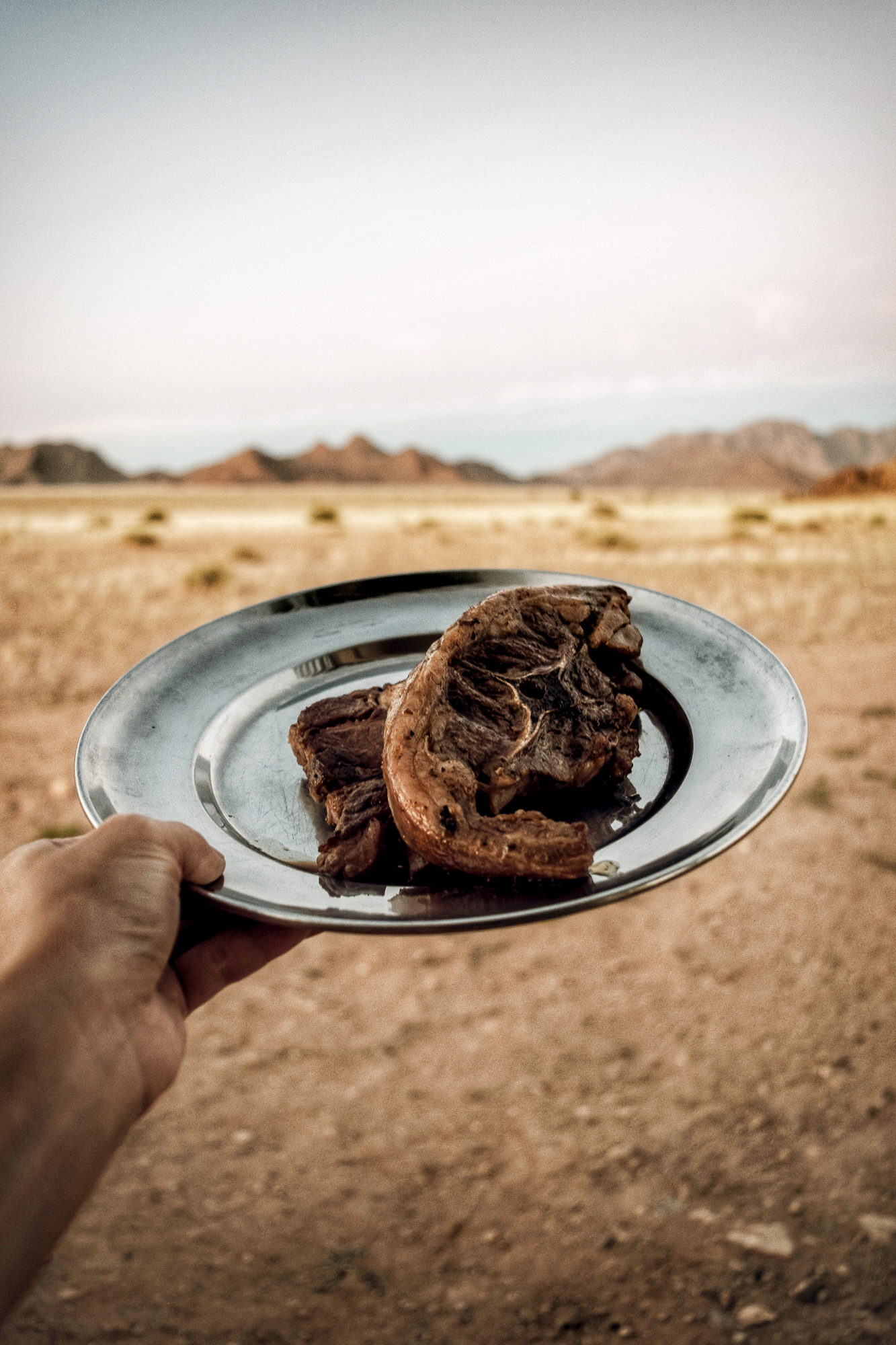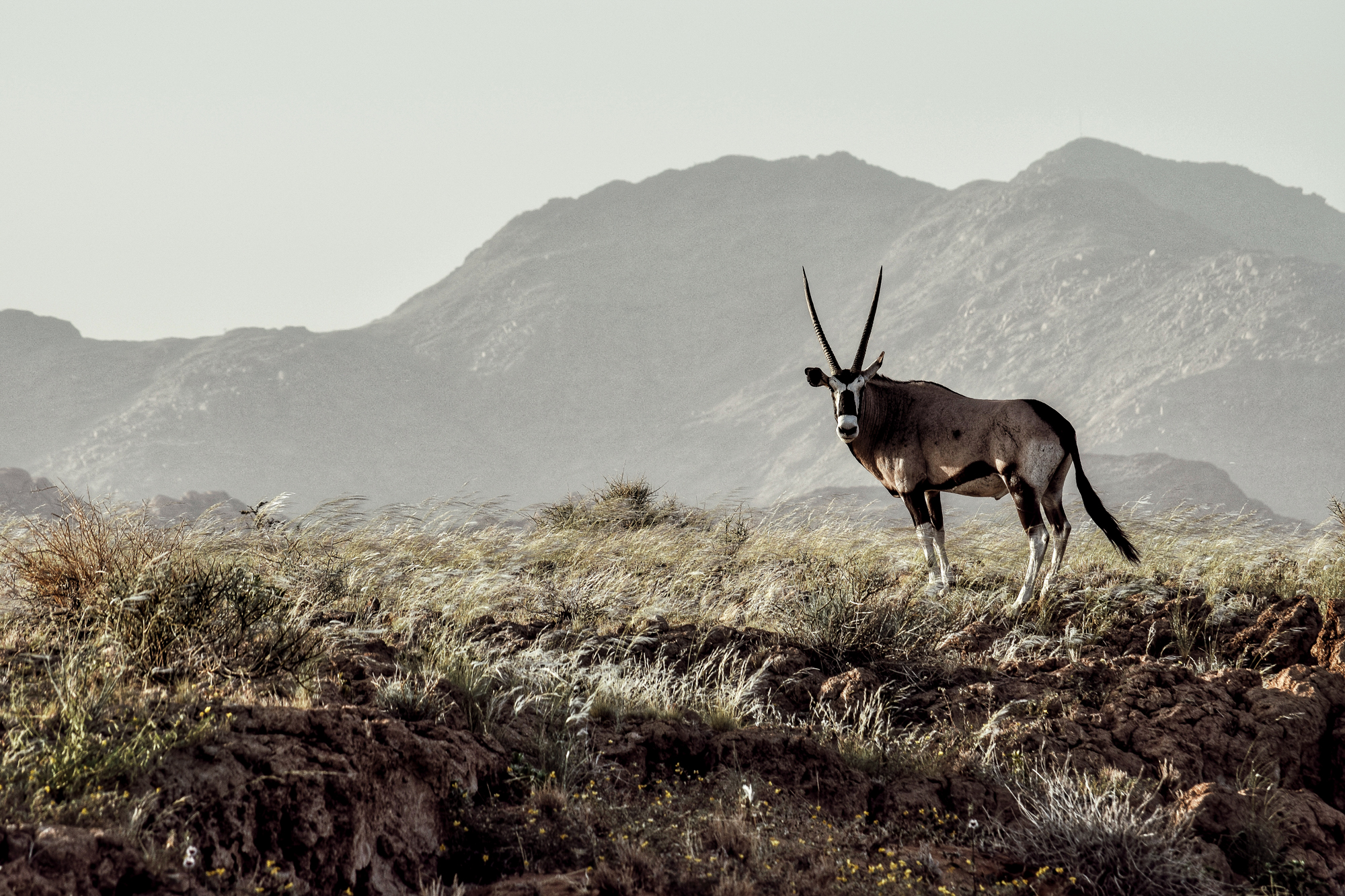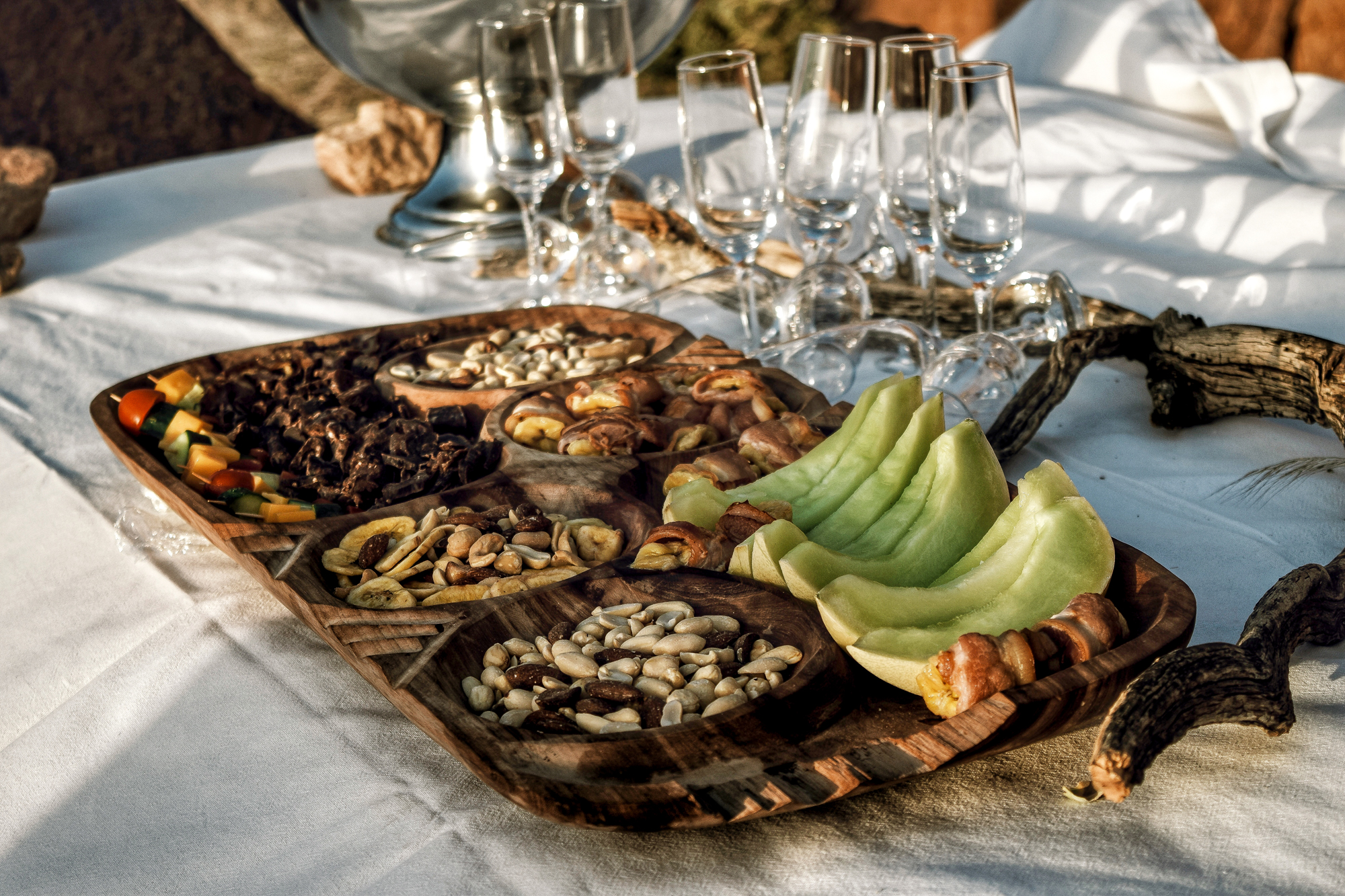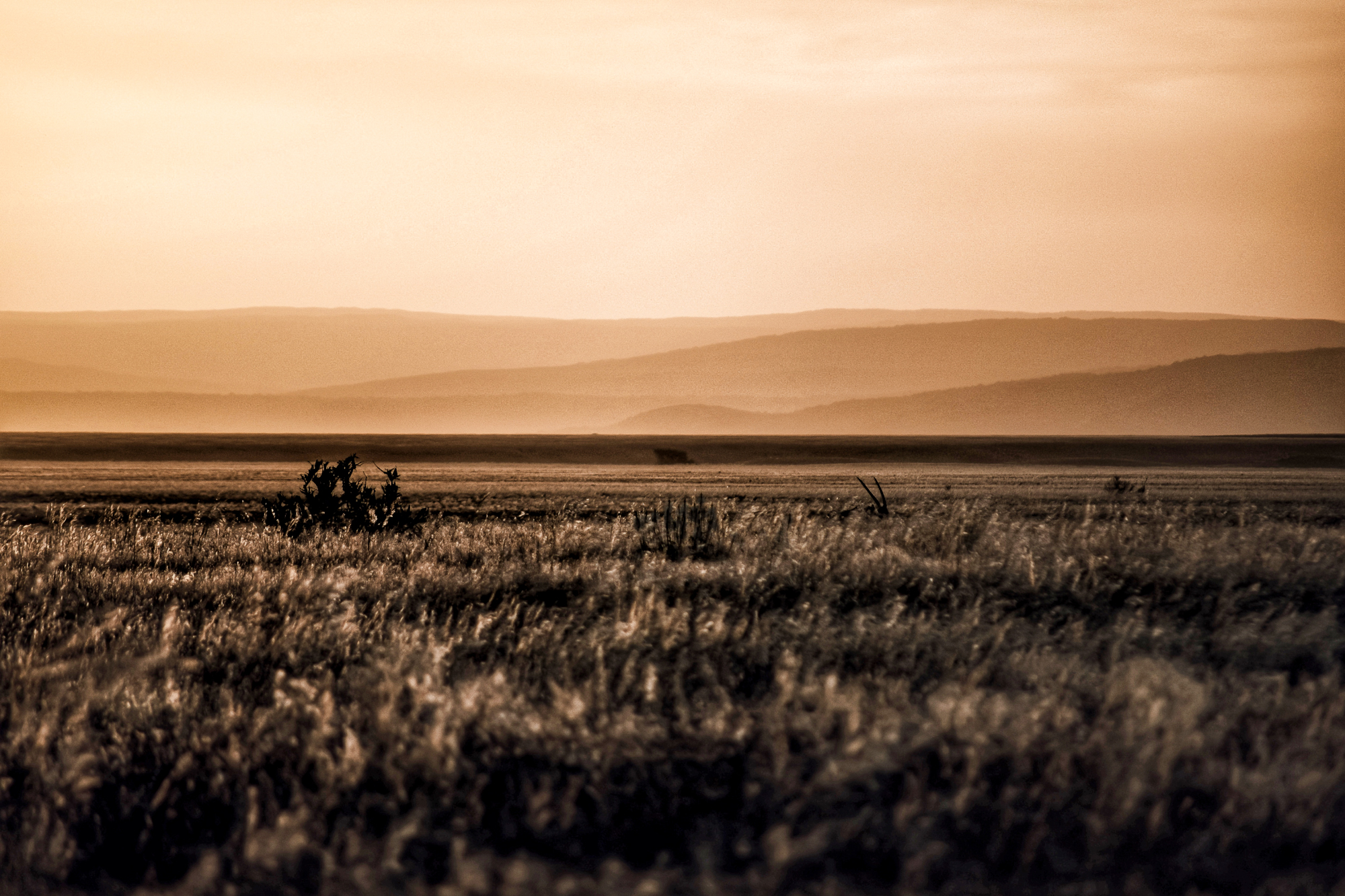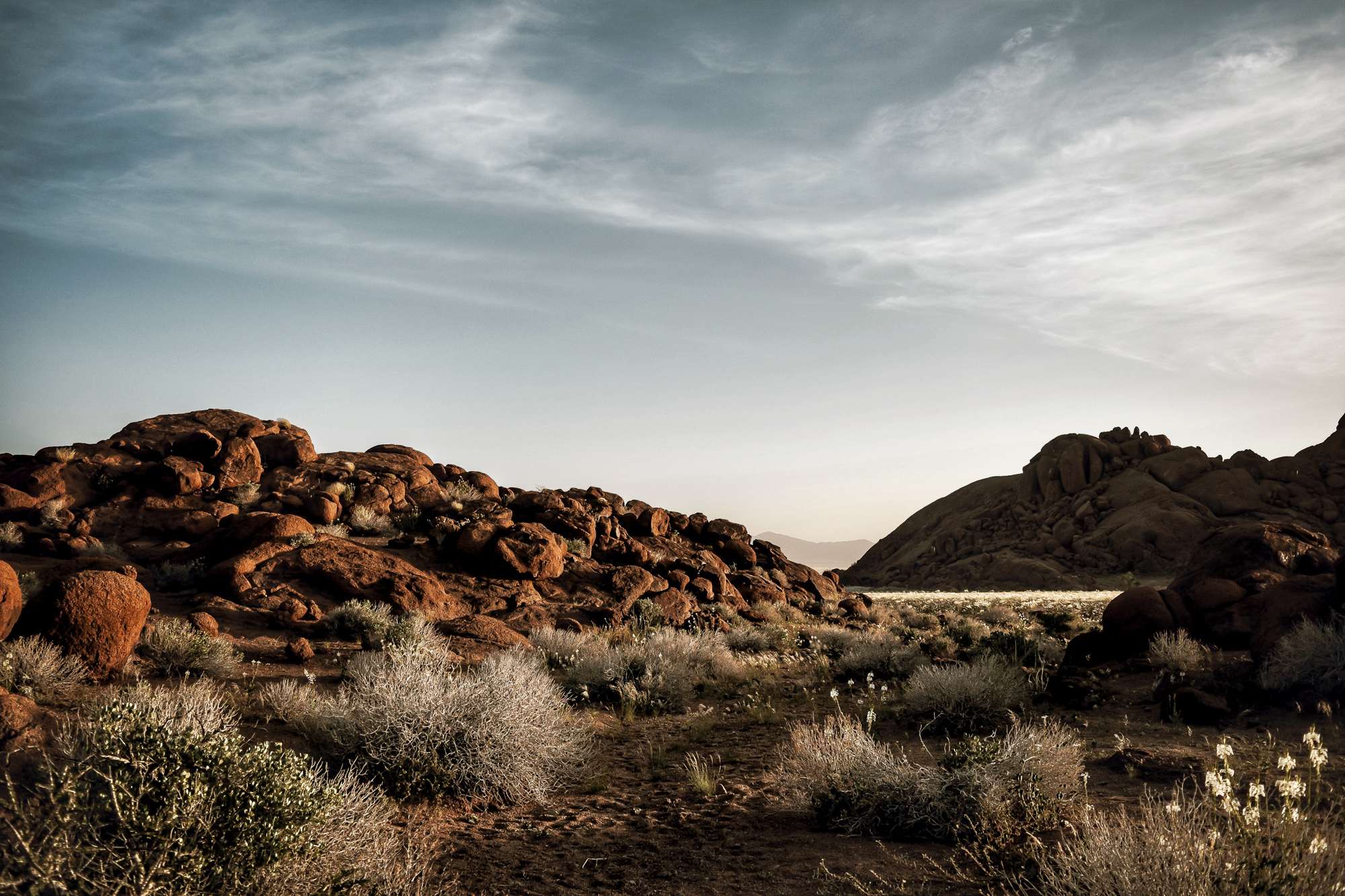Florentine menswear consultant Franco Mazzetti gives his pick for the mandatory schiacciata stop, where to find Italy’s long lost tailors and how you can avoid eating unsavoury food in Florence.

Photo: Men In This Town
What is the one local dish you feel travellers can’t leave Florence without trying?
The richness and abundance of choices in Florentine cuisine make it quite difficult to find a single dish to recommend. Let’s say that those who come to Florence should not leave before having tasted a Fiorentina steak. Obviously you can’t even give up tasting the famous ribollita soup.
In any case, walking through the streets, I would highly recommend stopping at one of the kiosks scattered around the city and ordering our street food for excellent food, the famous sandwich with lampredotto.
What about your favourite restaurants?
A very large space would be required for this answer. To mention one restaurant rather than another is really difficult also because there are many extremely valid places in Florence, where you can eat well at fair prices. Notwithstanding the fact that Florentines prefer to go to restaurants around Florence that are out of the tourist crowds of downtown, I will answer this question simply by citing the places I most love to frequent in the city.
I’ll mention three places where I like to eat and would recommend to a friend – Trattoria dei 13 Gobbi, All’Antico Ristoro di’ Cambi and La Buca dell’Orafo.
As for the cafés, I can only recommend a good glass of wine and a small truffle sandwich at Procacci, after which an obligatory stop at Caffè Gilli in Piazza della Repubblica.
Obviously, a visit to the Antico Vinaio, the most reviewed restaurant in the world by Tripadvisor, is mandatory, where you can give room to your imagination by ordering your schiacciata with any filling you want and where you will be amazed by the quantity of ingredients you will find inside.
Name some tourist traps travellers should avoid in Florence
To tell the truth, I could not say that there are real traps in which tourists can fall. Rather, I would say that there are many places, especially restaurants, that sell ingredients that very often come from large-scale supermarkets and come with very high prices as Tuscan cuisine. Here, what I would like to recommend is to always pay attention to what you eat. Thank goodness today there are websites like Tripadvisor that manages to warn the most unwary.
Are there still many of such restaurants in Florence?
Unfortunately, it is very common to come across restaurants or trattorie that sell ingredients that are of low quality as high quality products. Obviously, the main problem that is worth pointing out concerns the main dish of our kitchen, the Fiorentina steak. The quality of the meat must necessarily be the Chianina loin. Unfortunately, some use other types of beef, often from foreign countries which obviously have a lower price but are passed off as meat of this quality. My advice is to ask for the certificate of origin of the steak when ordering. Every restaurateur is obliged to show to those few customers who know they have this sacrosanct right to know before ordering.
What’s the perfect itinerary to explore Florence?
Florence is the tourist’s dream because its entire history is contained in a few square kilometres. The most beautiful monuments and buildings are all very close to each other and it is extraordinary to walk through the streets of the historic center, because it is a succession of emotions.
The only place outside the center that a tourist should visit is the splendid view from Piazzale Michelangelo, easily reachable in 20 minutes by bus, alongside which stands the wonderful Basilica of San Miniato a Monte. Even the museums are close to each other even if, given the large crowds, booking via the web is essential.
In my opinion, all a tourist has to do is reach the center and walk calmly through the streets of the city and they will be amazed to see how much history will pass under their eyes in a very short period of time.
Is being well-dressed part of the Italian culture?
Absolutely yes. The Italian elegance that gave rise to “Made in Italy” is still very much present and deeply felt today. Cities like Milan, Naples and Florence are still tied to the tradition of being well-dressed.
Milan, the undisputed Italian financial capital, still sees extremely elegant men and women wandering the streets of Brera today. The great sartorial culture of the Neapolitans is still well rooted. In my personal point of view, the elegant Neapolitan man is the best expression of a relaxed elegance, not showy but absolutely full of charm. Florence, which still has a strong sartorial tradition, underwent strong Anglo-Saxon influence after a very high number of British citizens in the period following the Second World War decided to move to the surrounding countryside, especially in Chianti, which later became famous as Chiantishire.
As can be easily understood, this peaceful invasion has given life to a mix of style between the rigorous Florentine style and the English country. Hence the birth of the Anglo-Florentine style.

Photo: Fabrizio Di Paolo
Where do you go for tailored suits in Florence?
Unfortunately, the evolution of modern times, let’s call it globalisation, has decimated the myriad of small tailors that were once well represented in town. Many of my older dresses have been expertly crafted by the expert hands of tailors who unfortunately had to stop their activities. Currently, my outfits are supplied by companies and tailors based from various parts of the world.
Among the few safe addresses for tailors still present in Florence, I would mention Liverano and Liverano, l’Antica Sartoria Cisternino and, last but not least, the small Sagliano tailoring where the young Rosario, tailor of Neapolitan origins by family tradition, operates in the historic center of Florence in the Oltrarno area.
I would also like to give some advice for those looking for a highly prestigious pair of shoes that are meticulously and completely handmade. Roberto Ugolini Shoemaker, also located in the Oltrarno area, is one of the few remaining artisans of indisputable mastery.
Will the art of the tailored suit disappear from Italy?
No, I don’t think so. Although many of the old tailors have disappeared and despite also a sort of small “invasion” that in recent years has seen some of the most important Italian tailoring “brands” acquired by Japanese and Korean tailors, I would say that the Italian tailoring tradition is now well alive and rooted.
This is thanks to a generation of young tailors, who in the vast majority of cases, have learned this art from their family tradition. Not only that, I can also say that I see more and more interest in the tailoring world, almost every day on Instagram, I receive requests for information from young and very young followers, which gives me hope for a return to this beautiful way of dressing.
Do you have a tip for men who want to be well dressed?
The same advice that I always give to those who ask me this question is to seek their own style without forcing or unnecessary refinements. ALWAYS feel comfortable with what you are wearing, whether it is a tailored suit or an inexpensive suit, it is always necessary to try to convey the same message. Security, kindness and understatement. As I always say, however, the use of good manners comes first because they are by far your best business card.
WHERE TO EAT IN FLORENCE
Trattoria dei 13 Gobbi
Where: Via del Porcellana, 9R, 50123 Firenze FI, Italy
For: Florentine steak
All’Antico Ristoro di’ Cambi
Where: Via Sant’Onofrio, 1R, 50124 Firenze FI, Italy
For: Tuscan cuisine
Buca dell’Orafo
Where: Via dei Girolami, 28/R, 50122 Firenze FI, Italy
For: Tuscan cuisine
Procacci
Where: Via de’ Tornabuoni, 64R, 50123 Firenze FI, Italy
For: Wine and truffle sandwiches
Caffè Gilli
Where: Via Roma, 1r, 50123 Firenze FI, Italy
For: Coffee and pastries
All’Antico Vinaio
Where: Via dei Neri, 76R, 50122 Firenze FI, Italy
For: Schiacciata
WHERE TO GO IN FLORENCE



